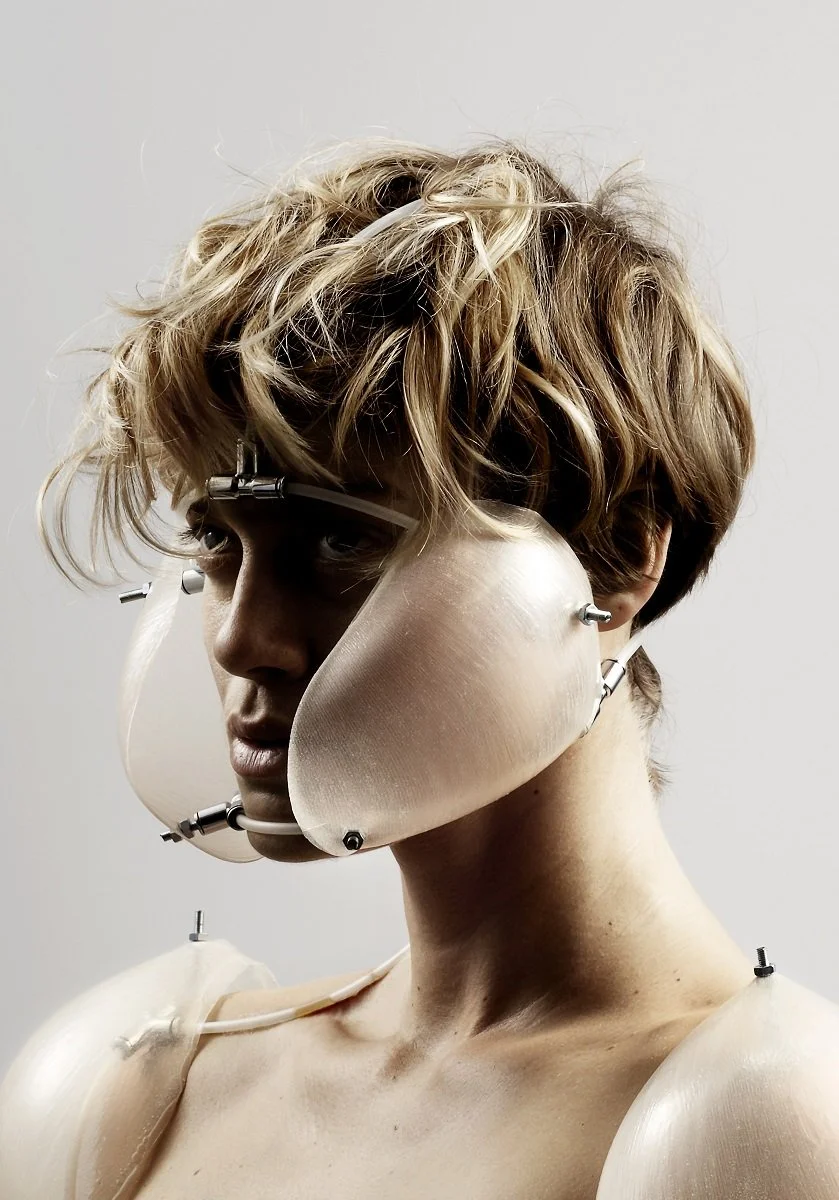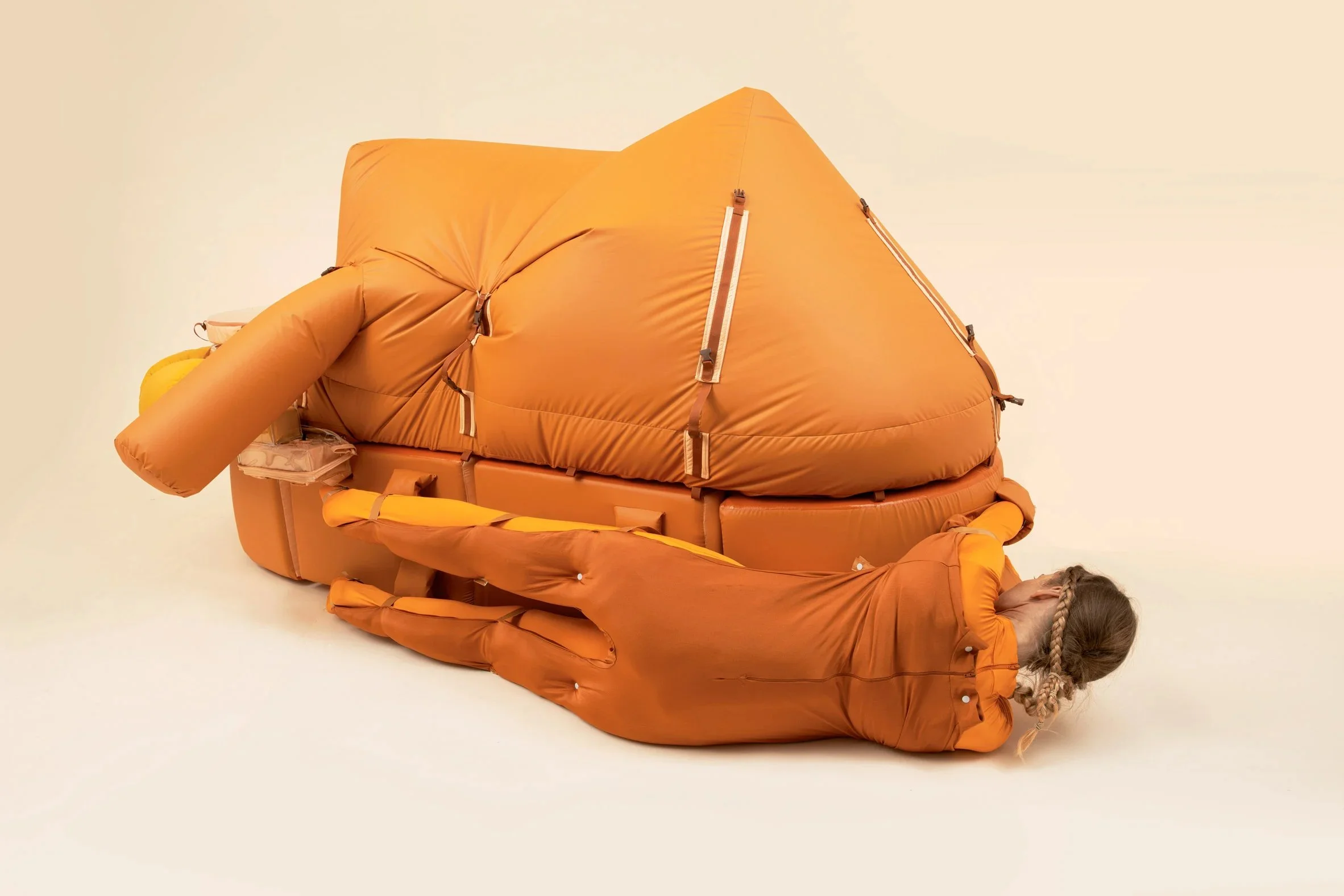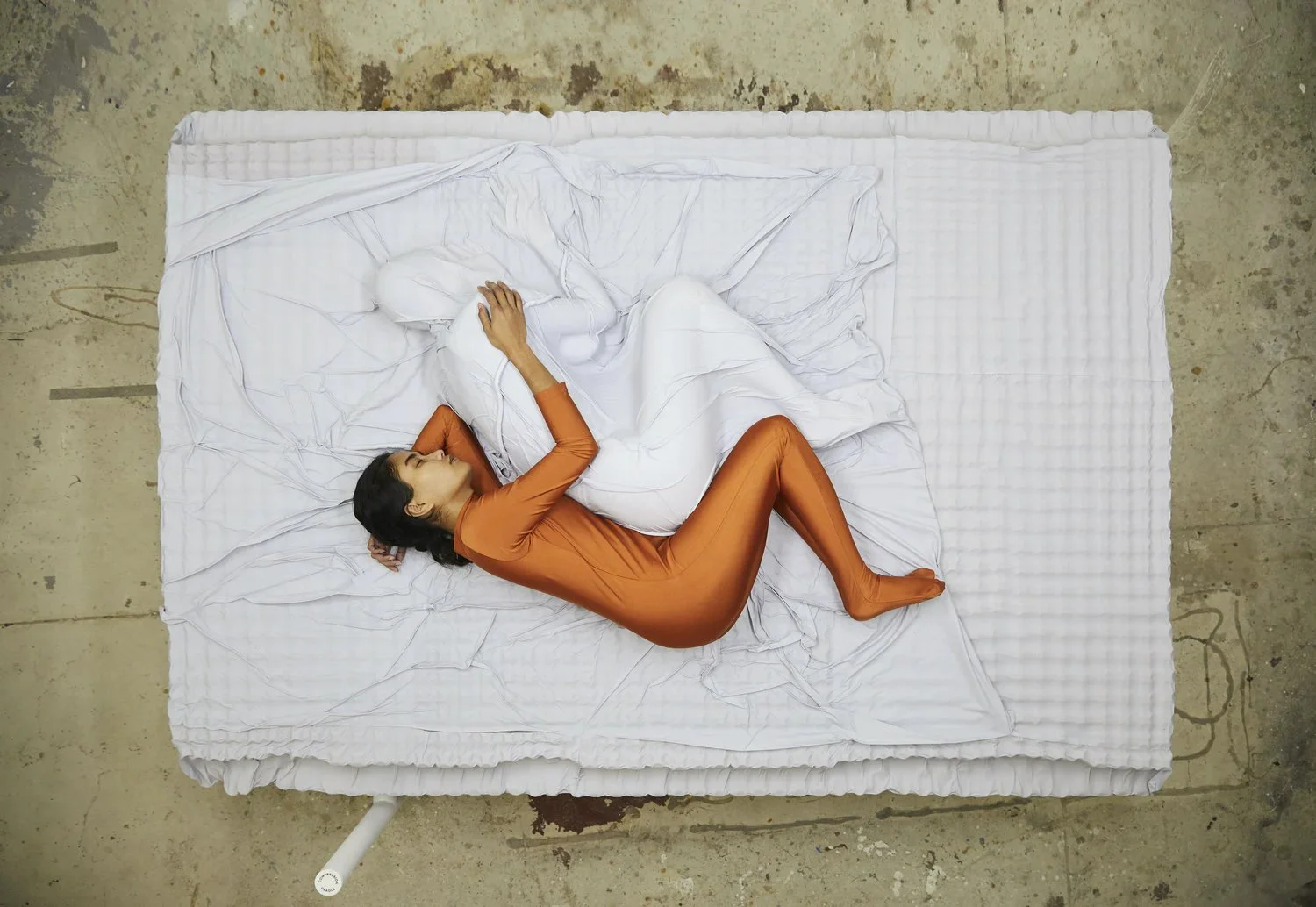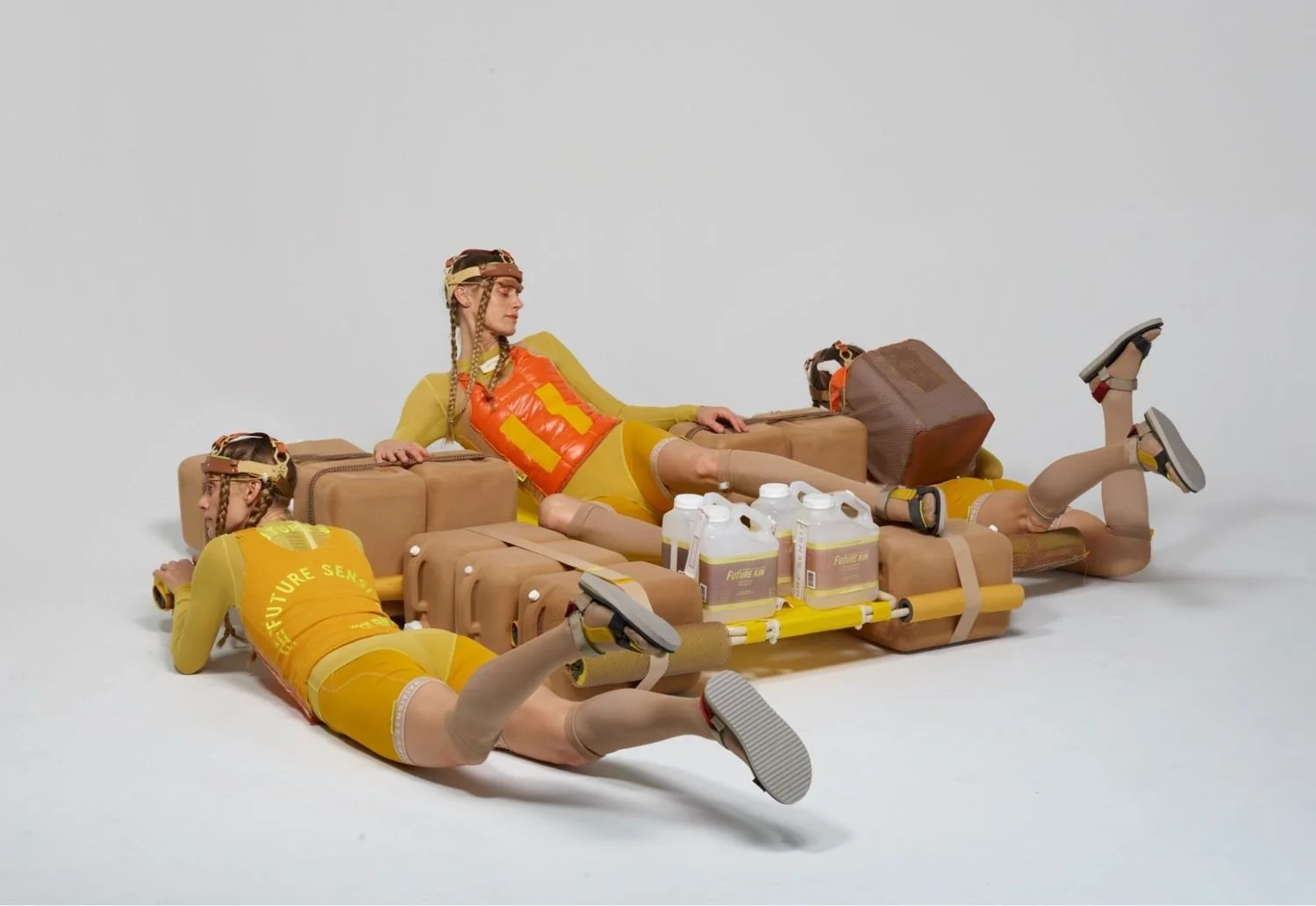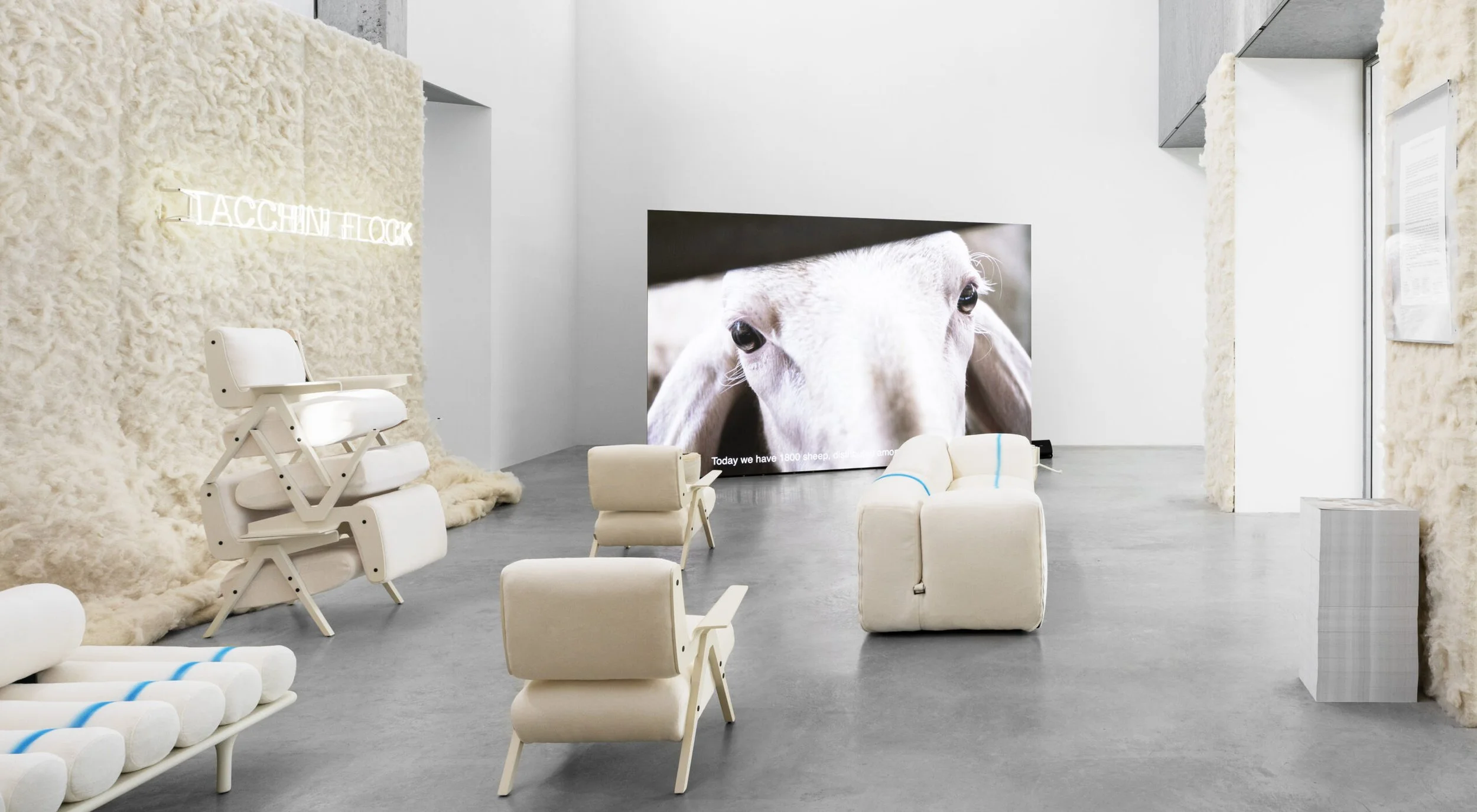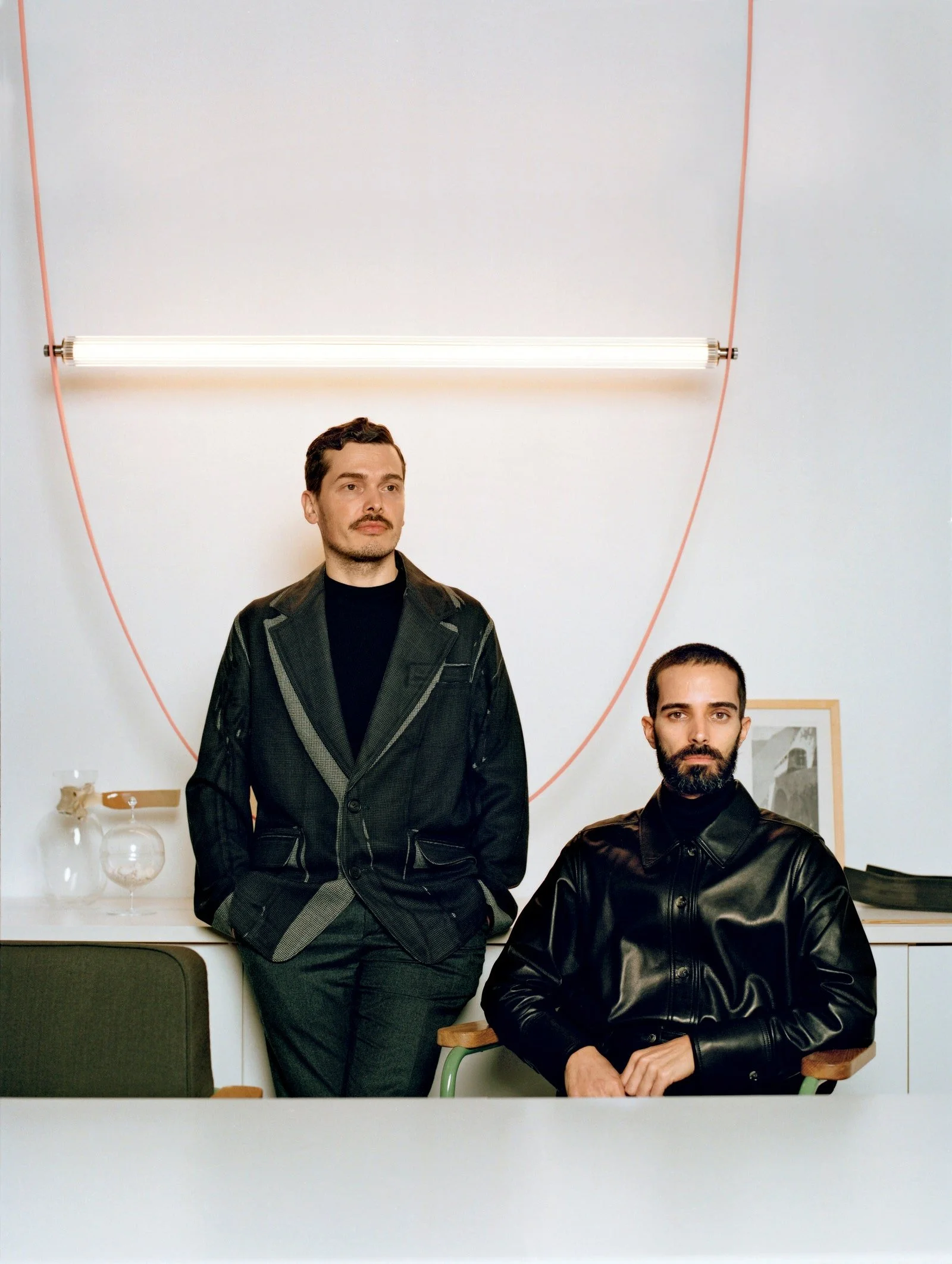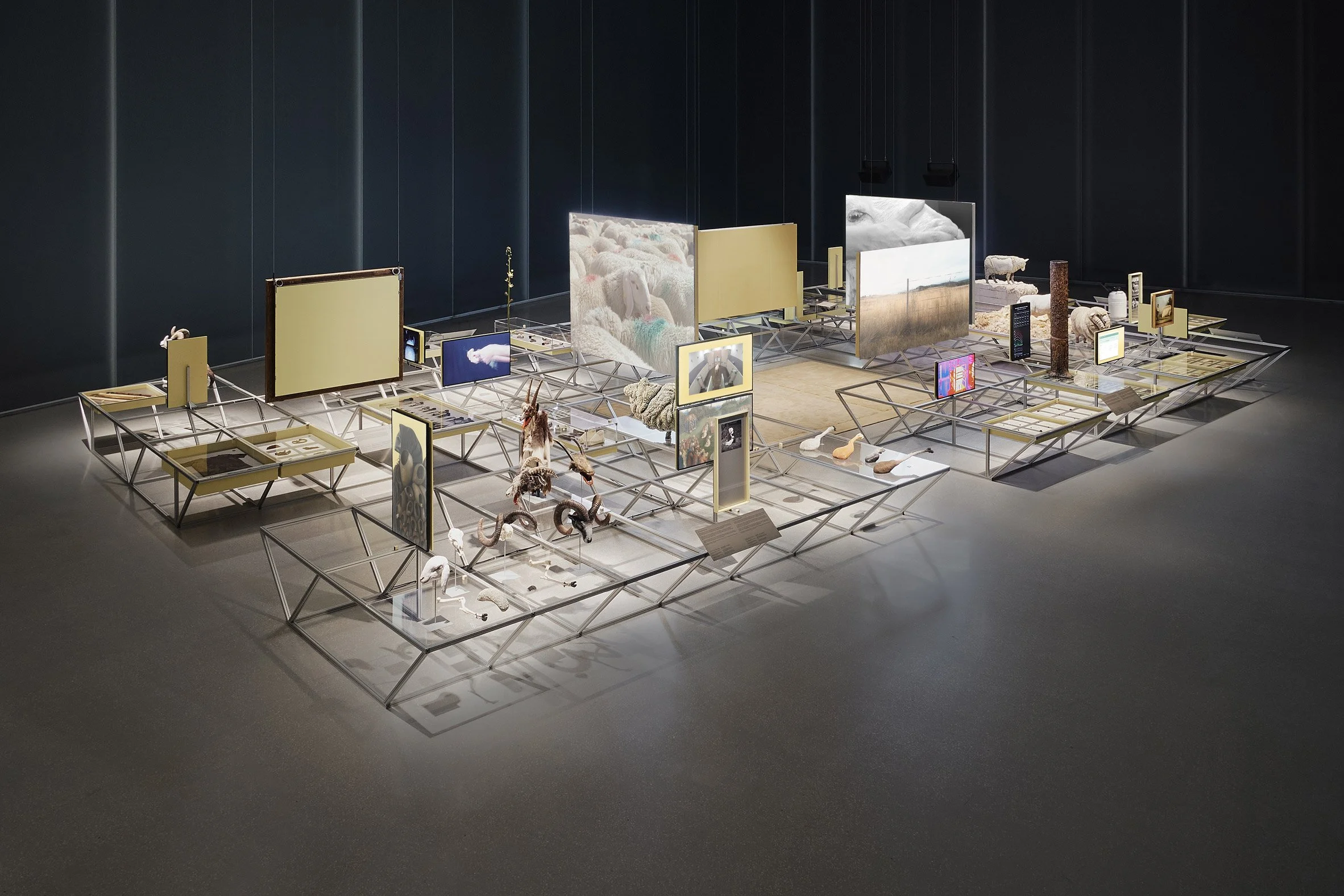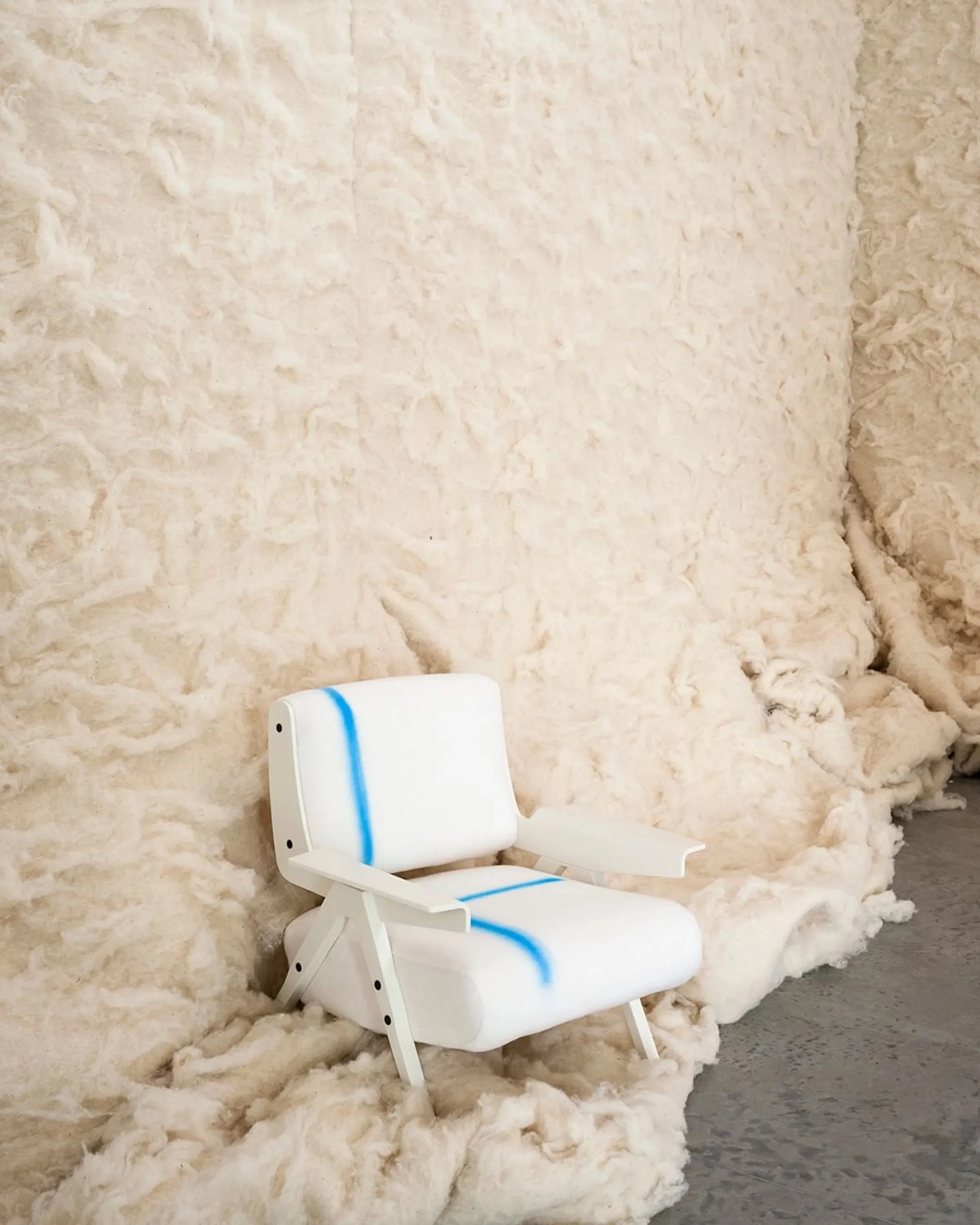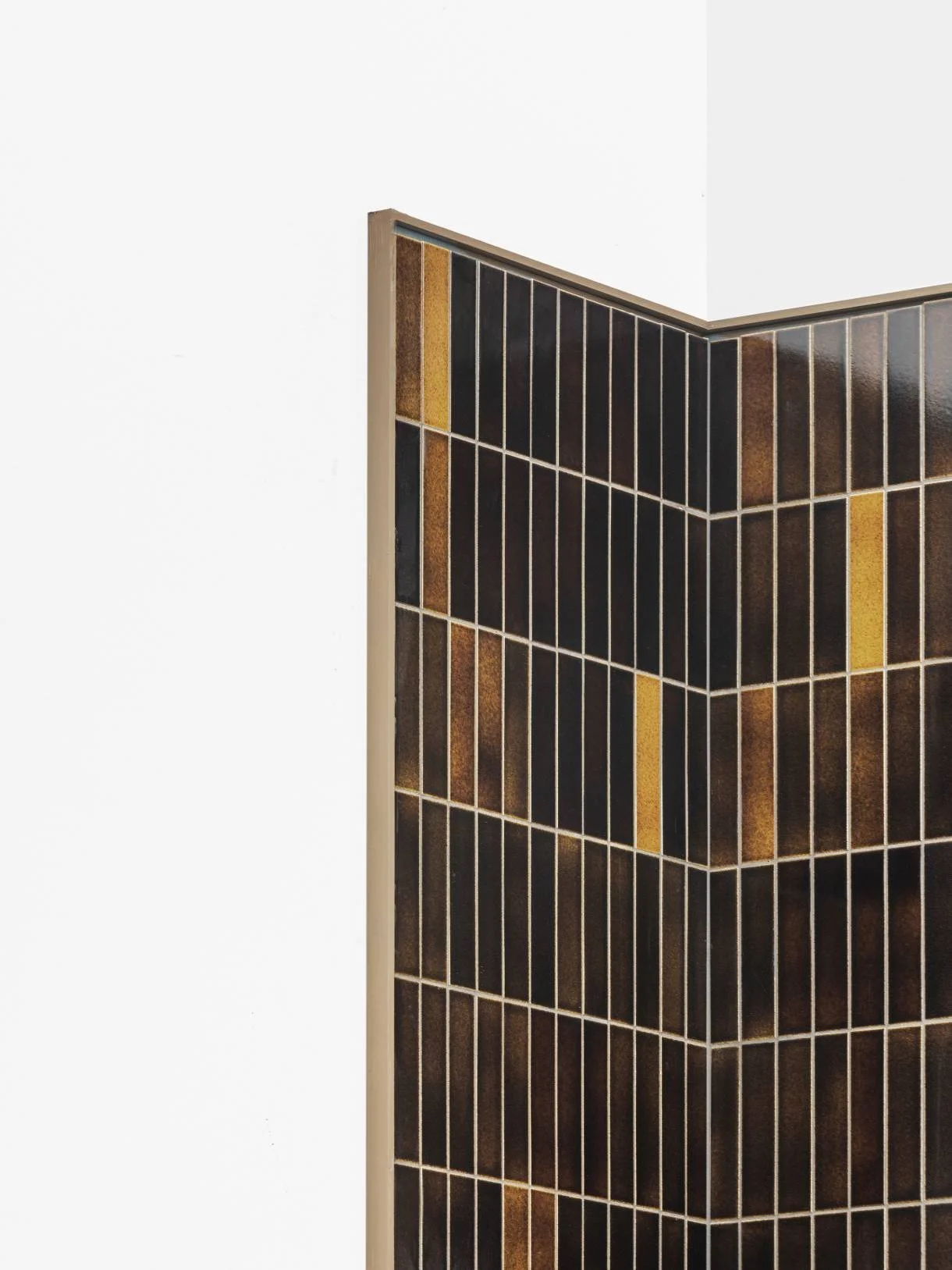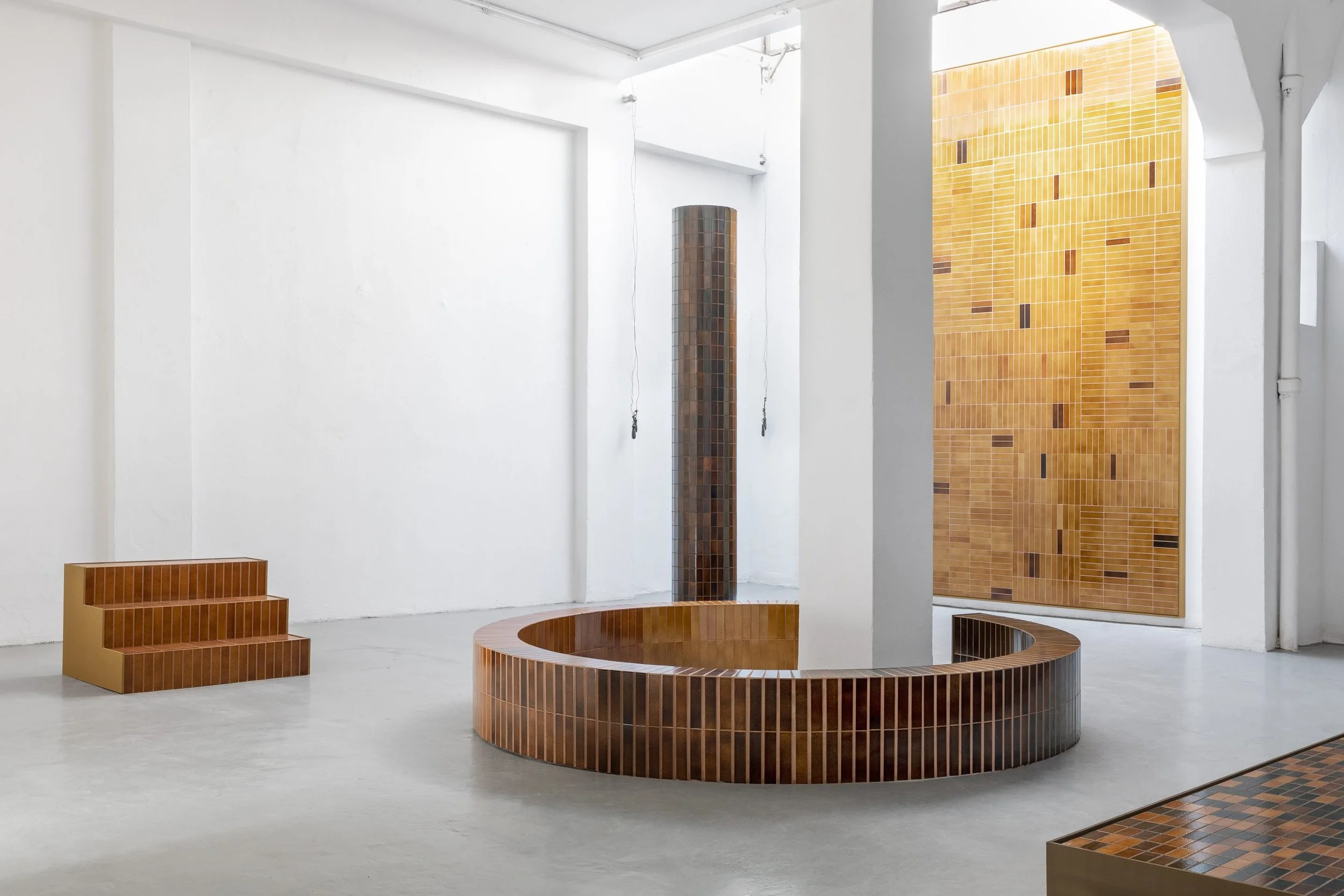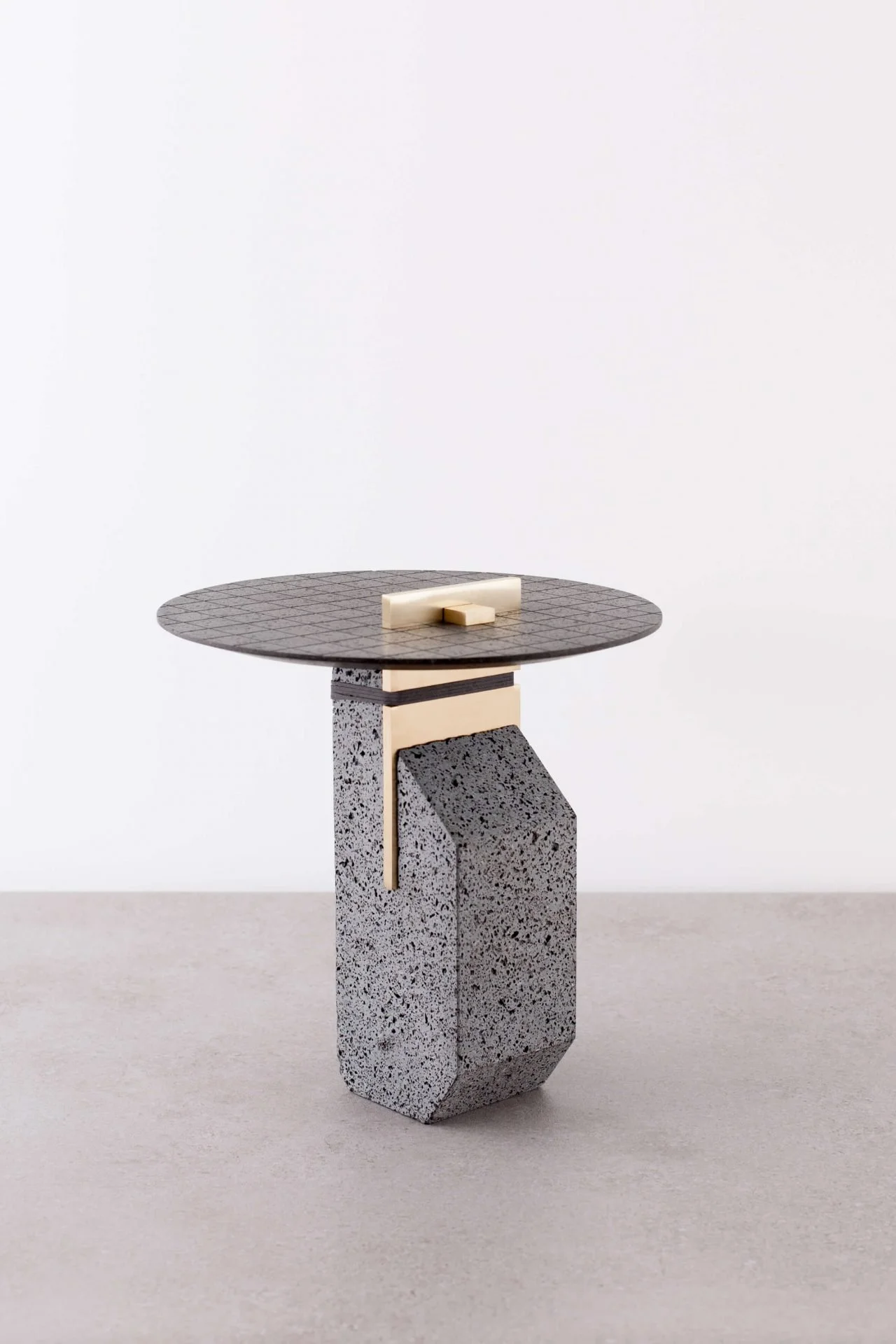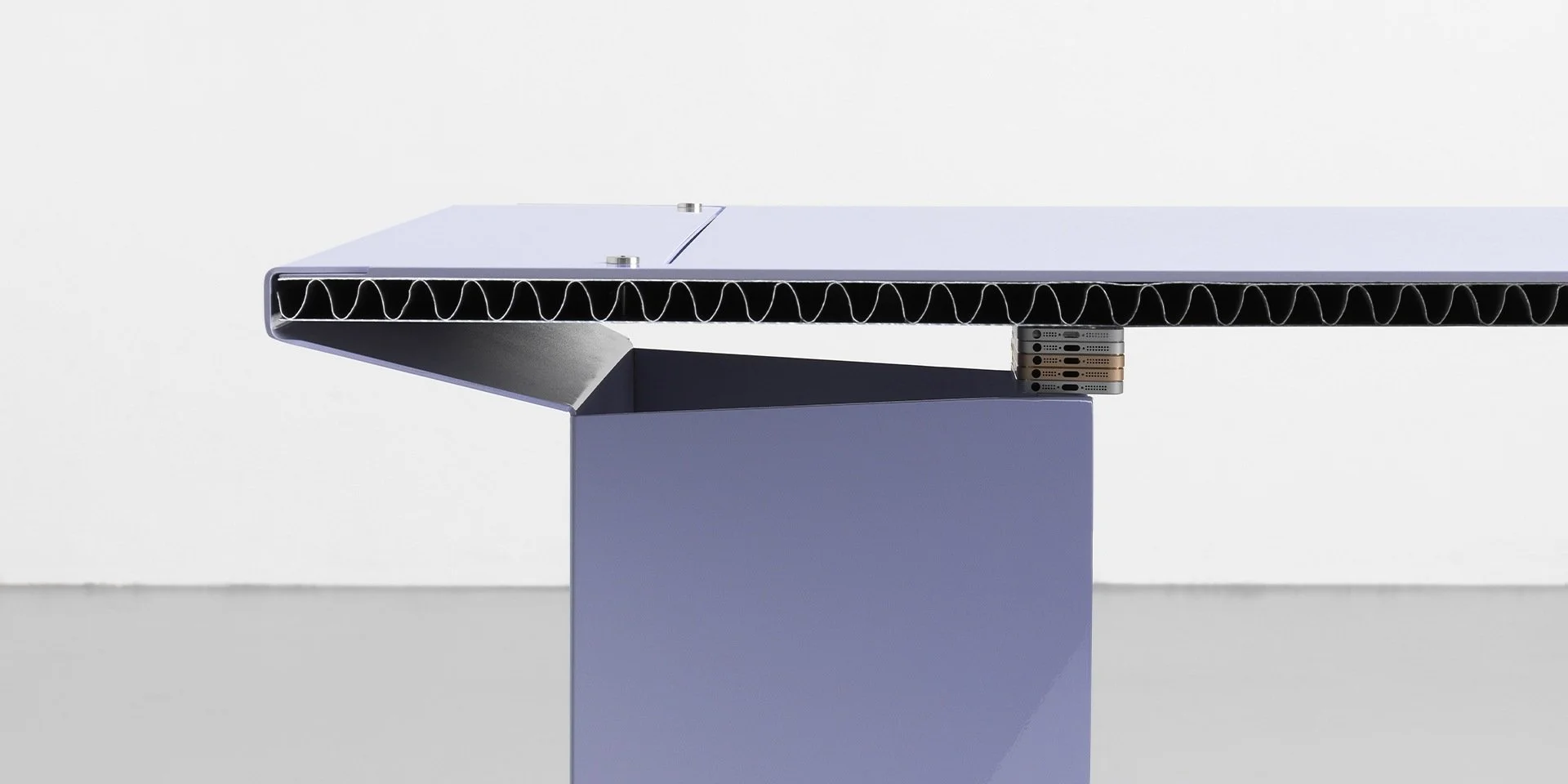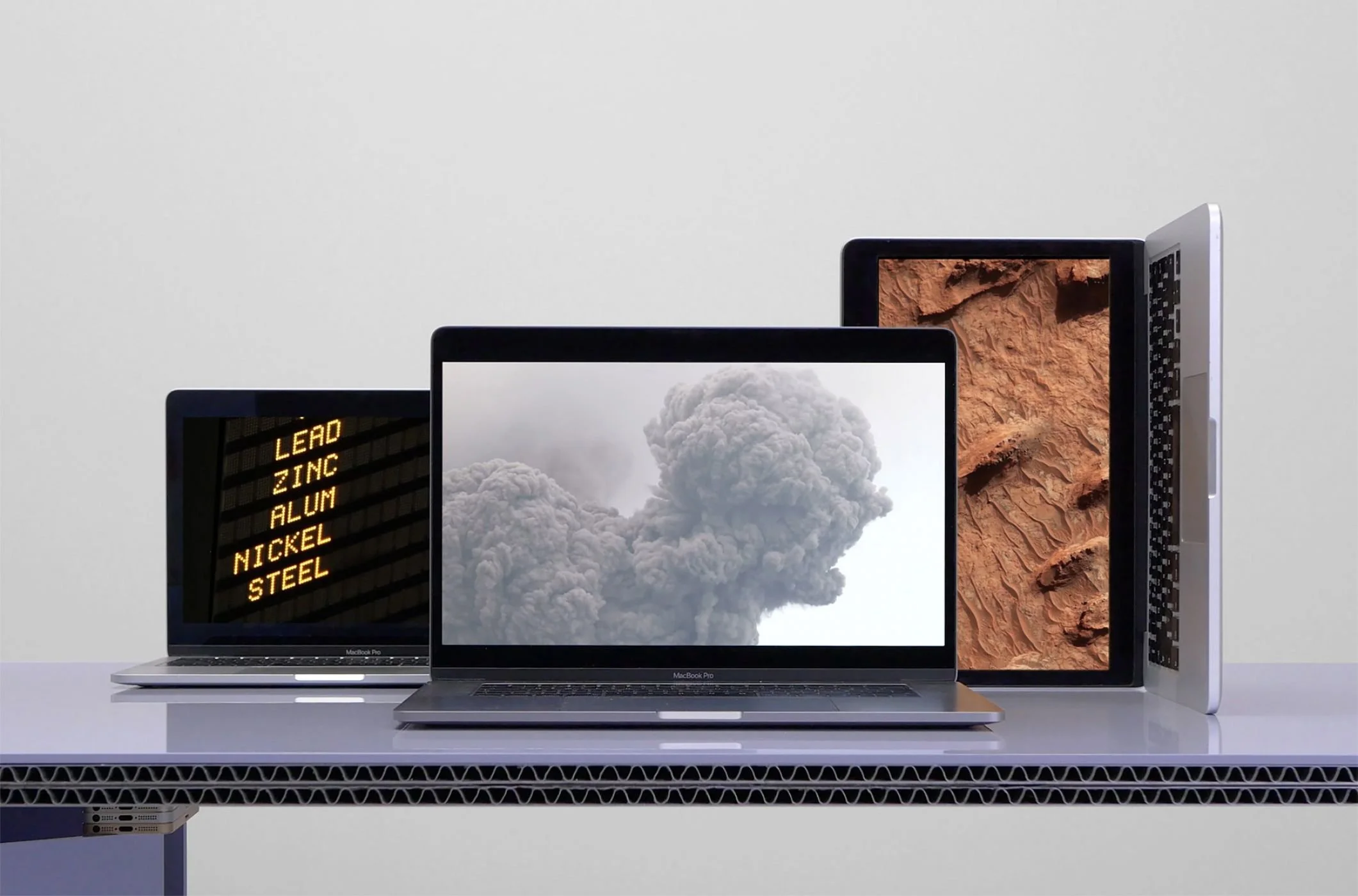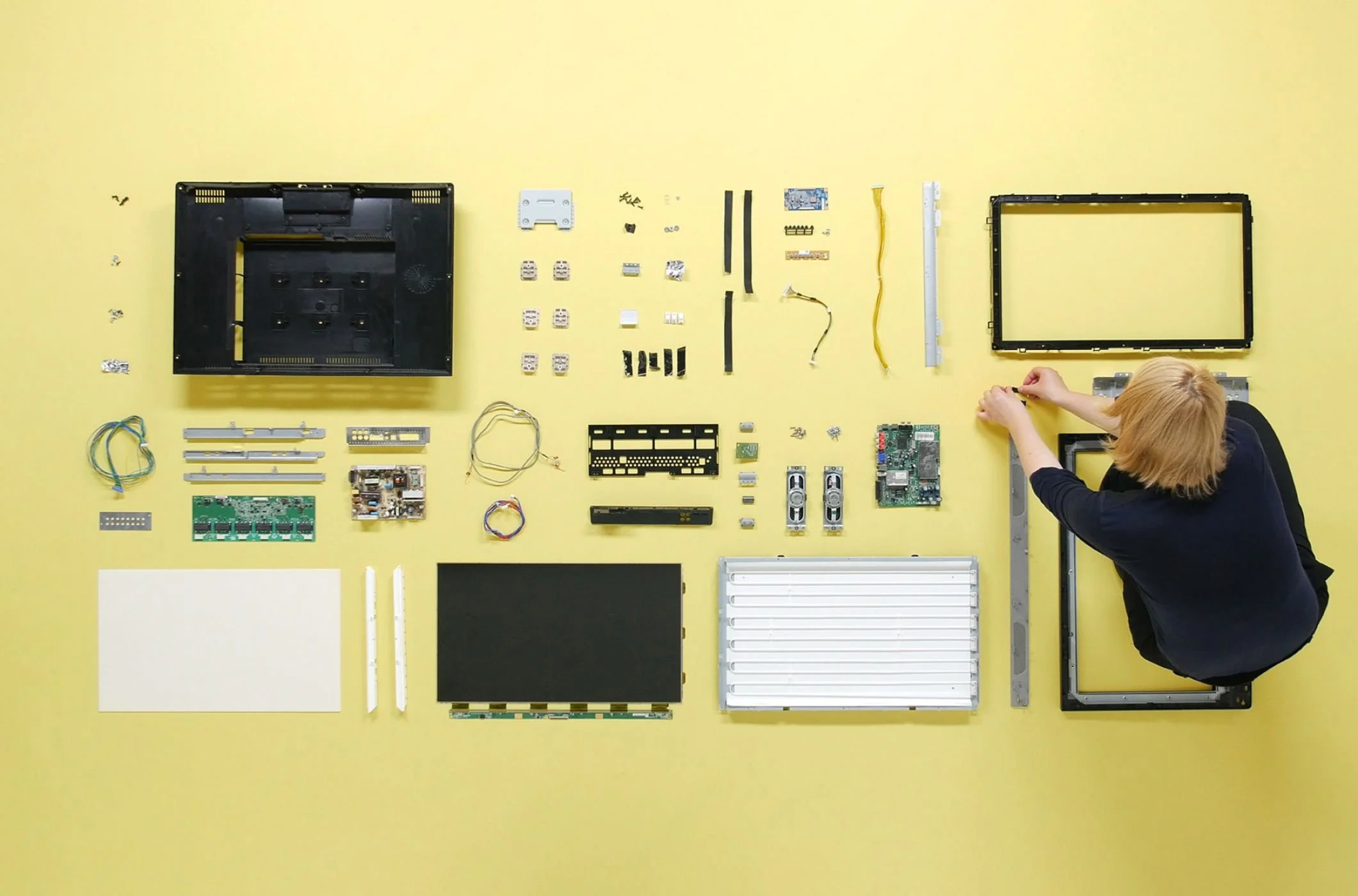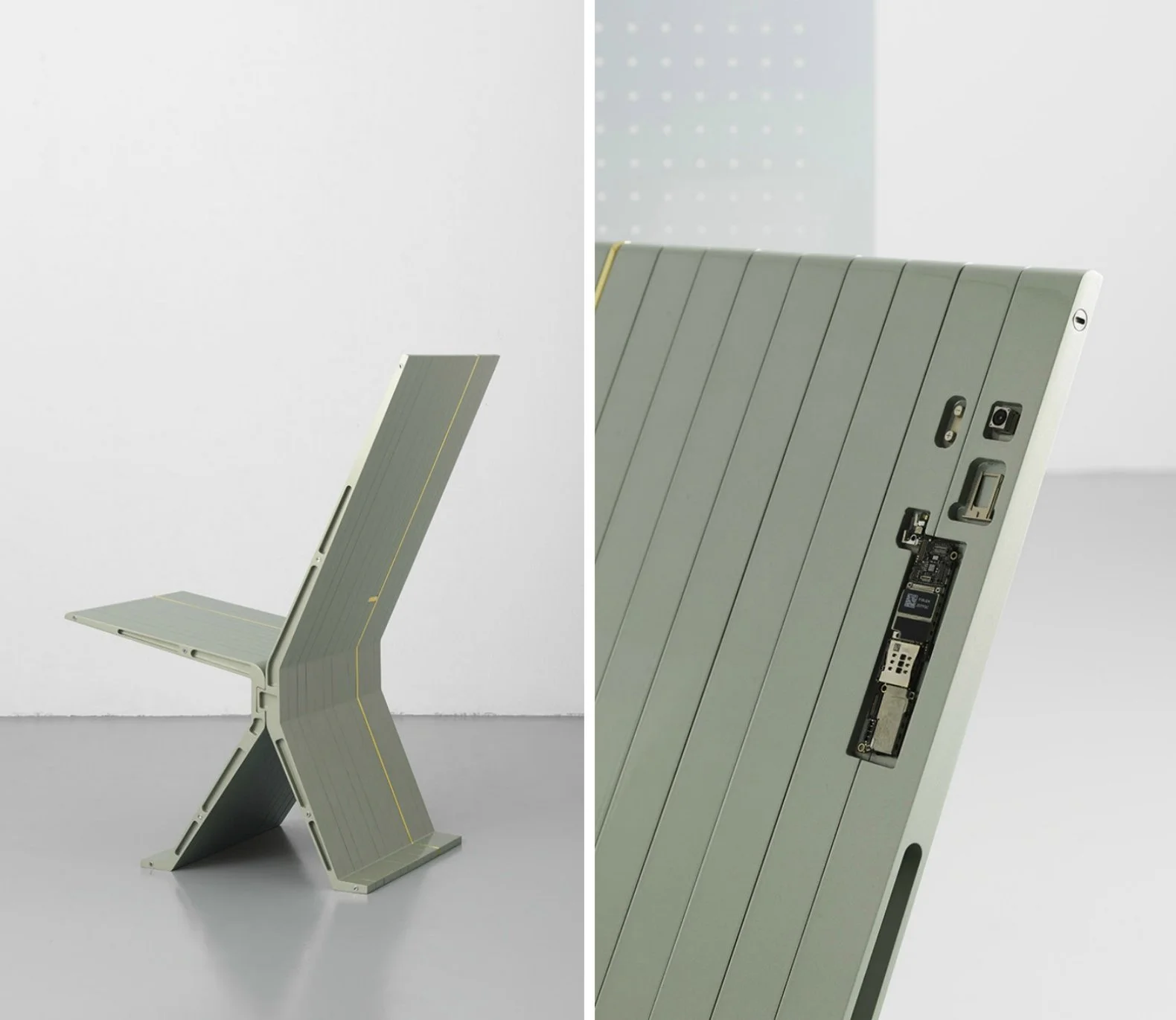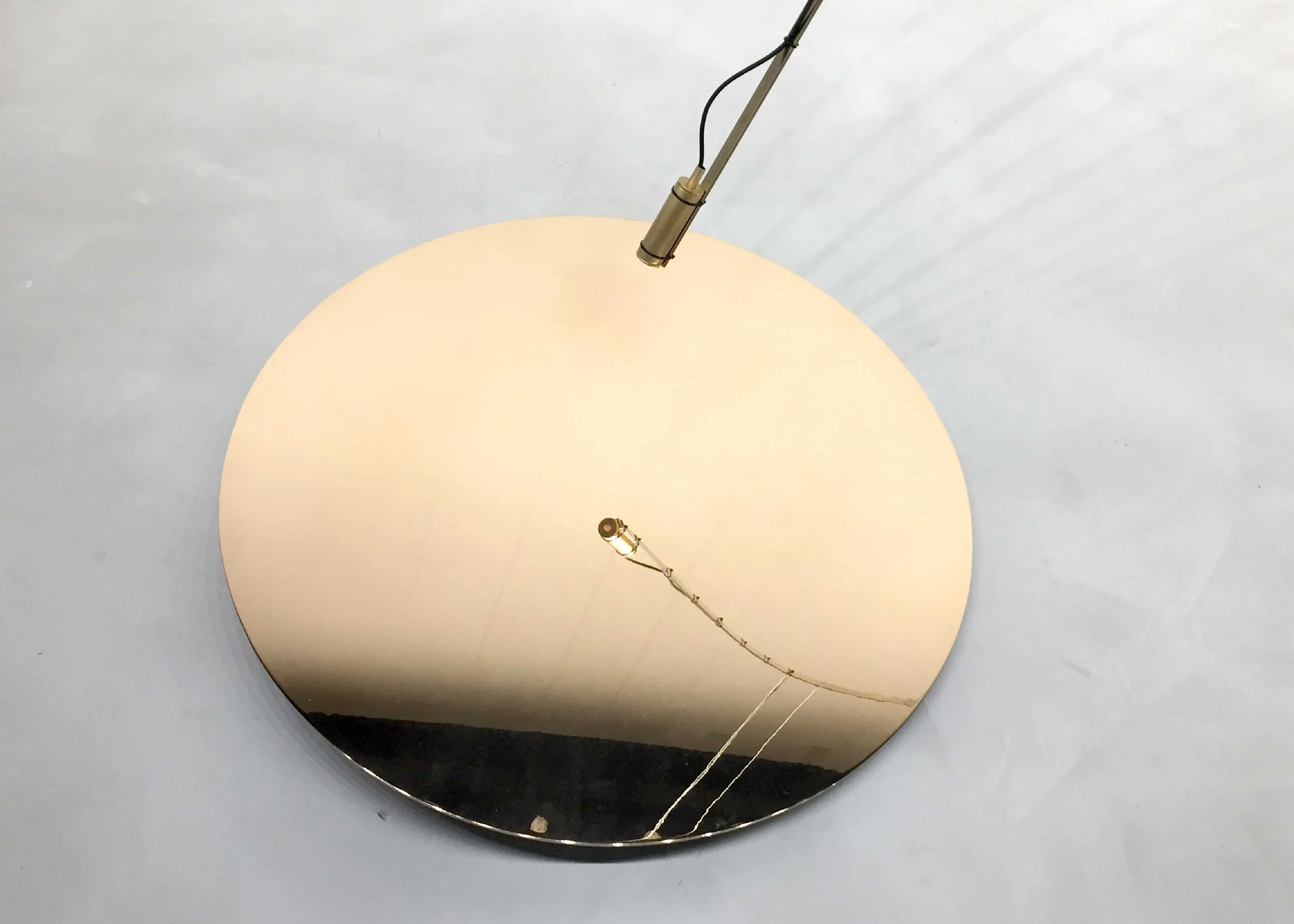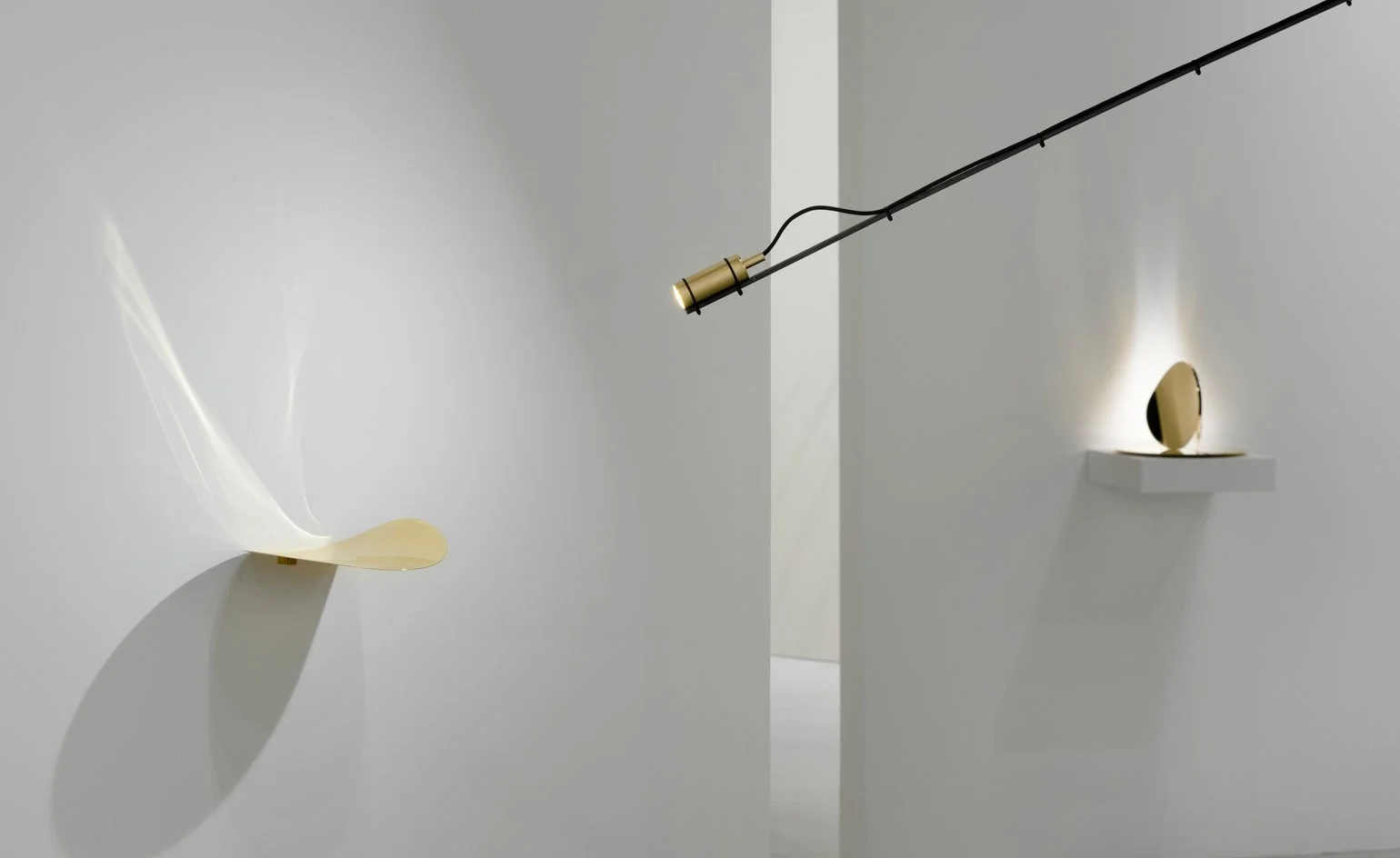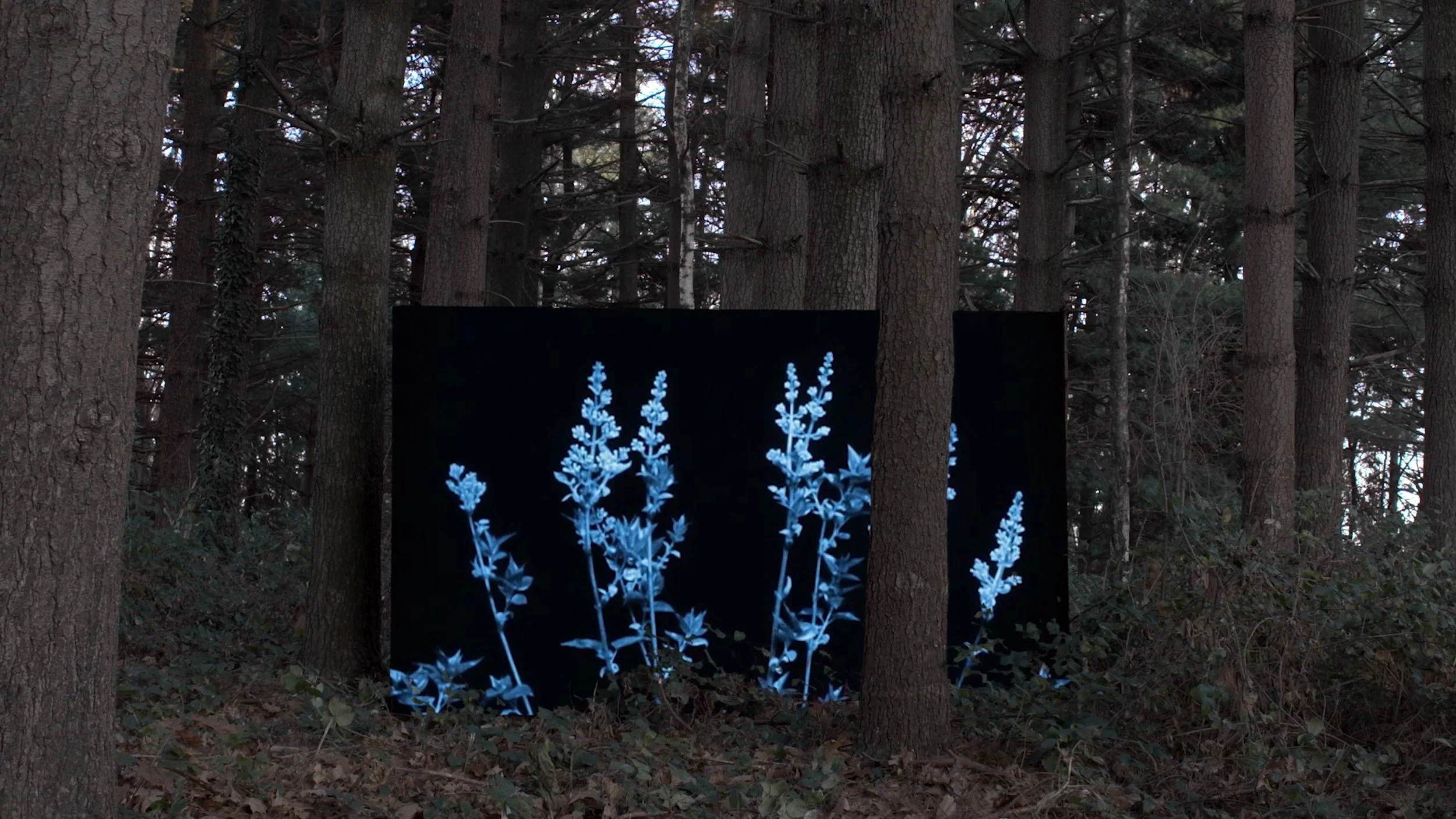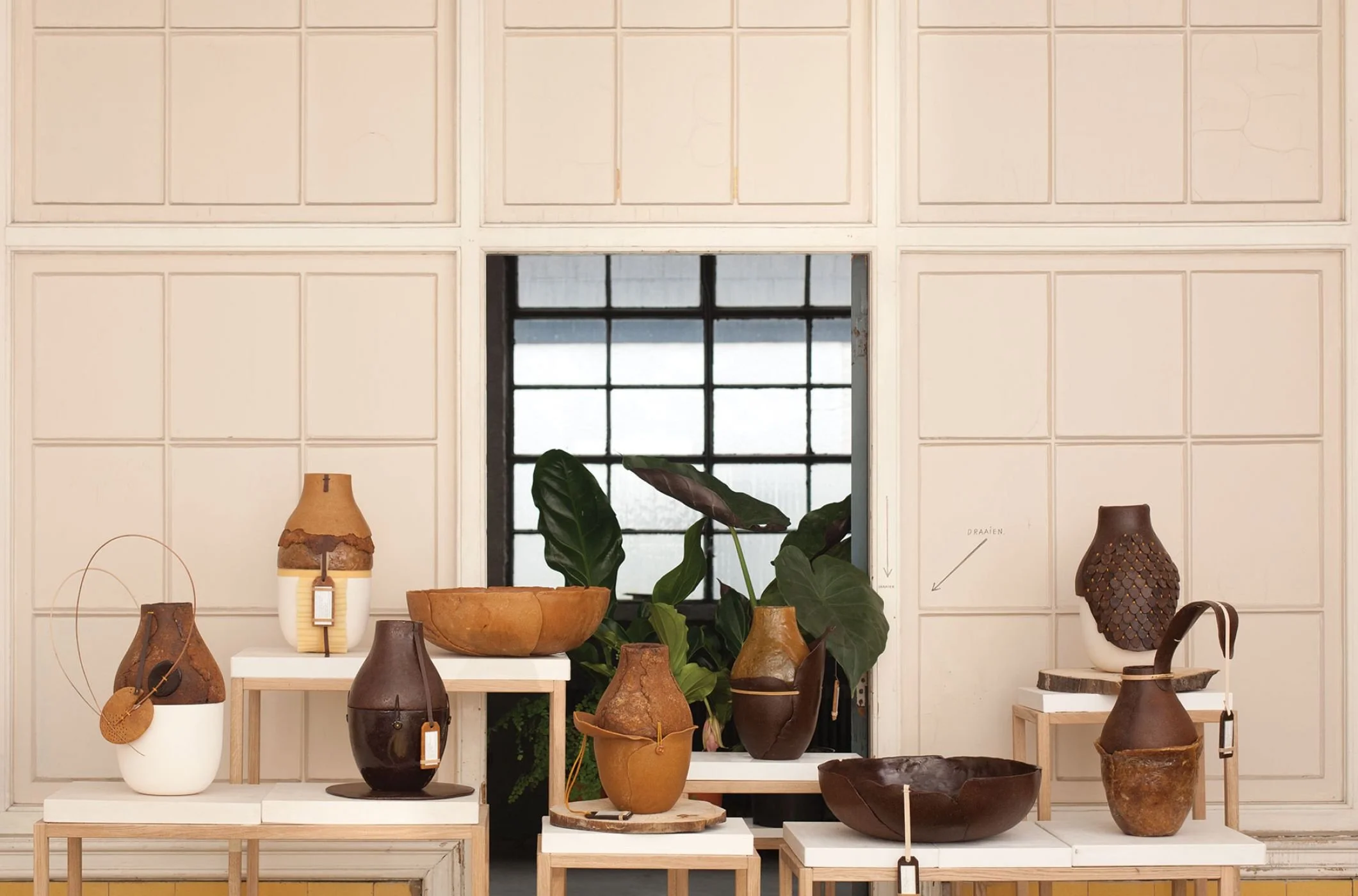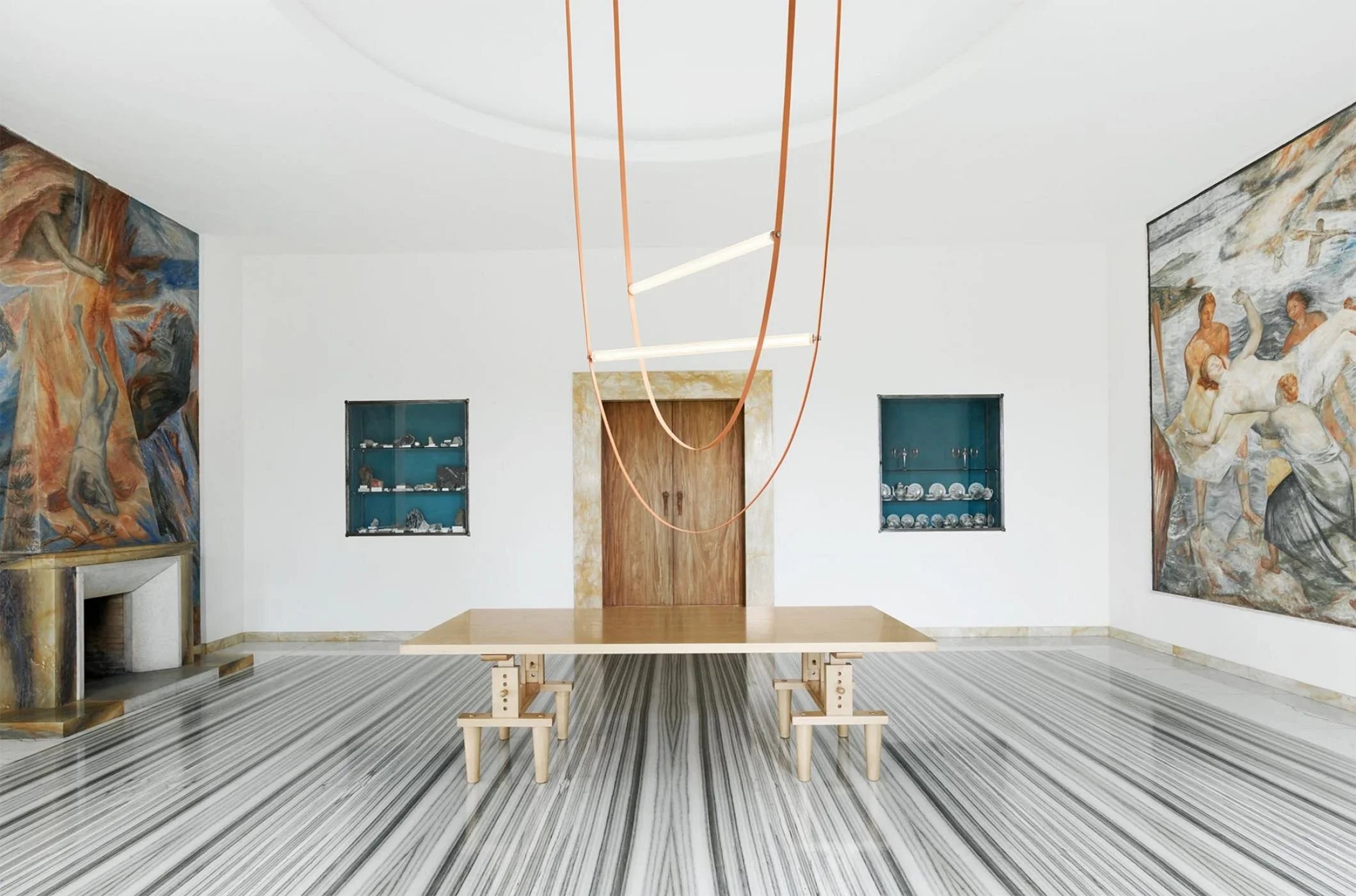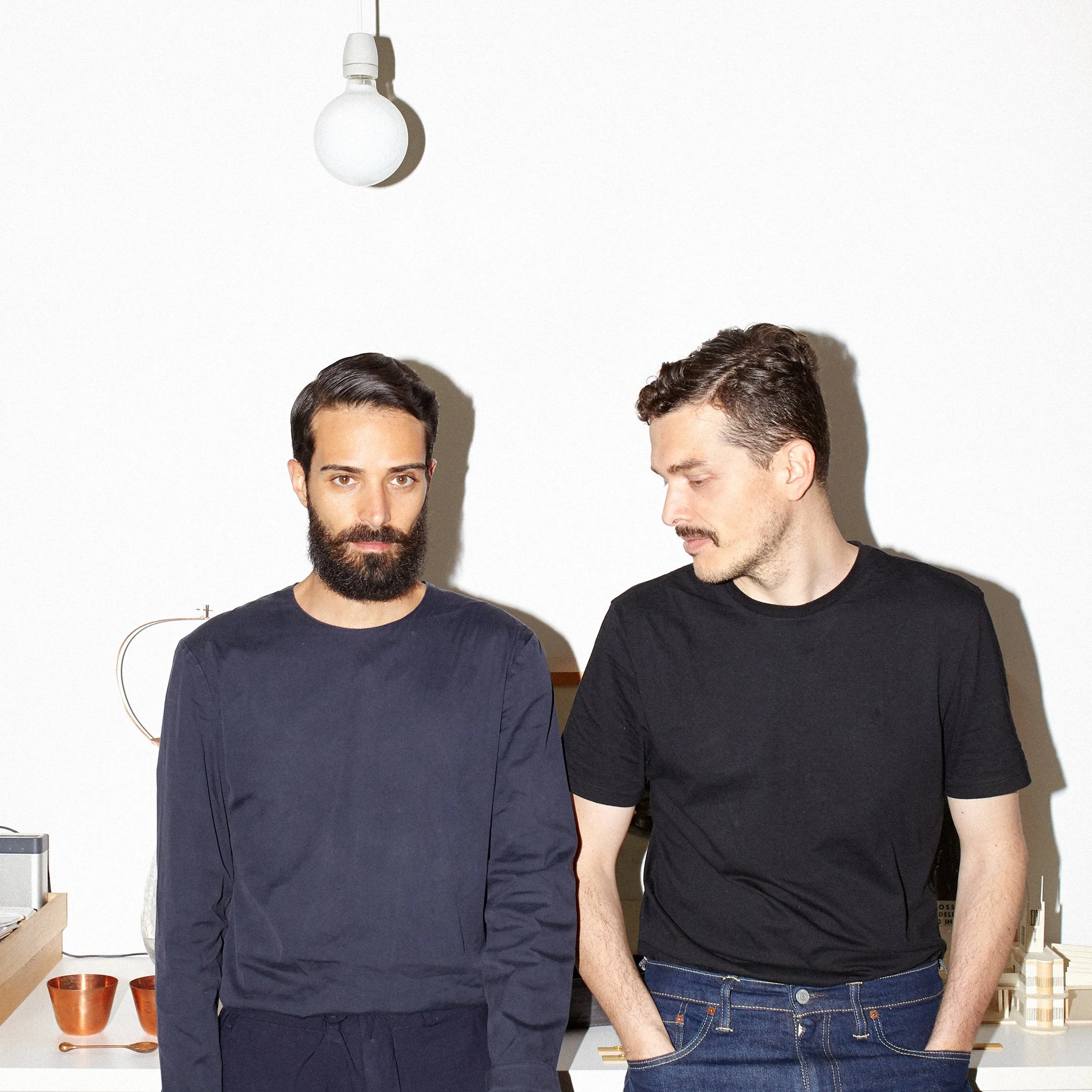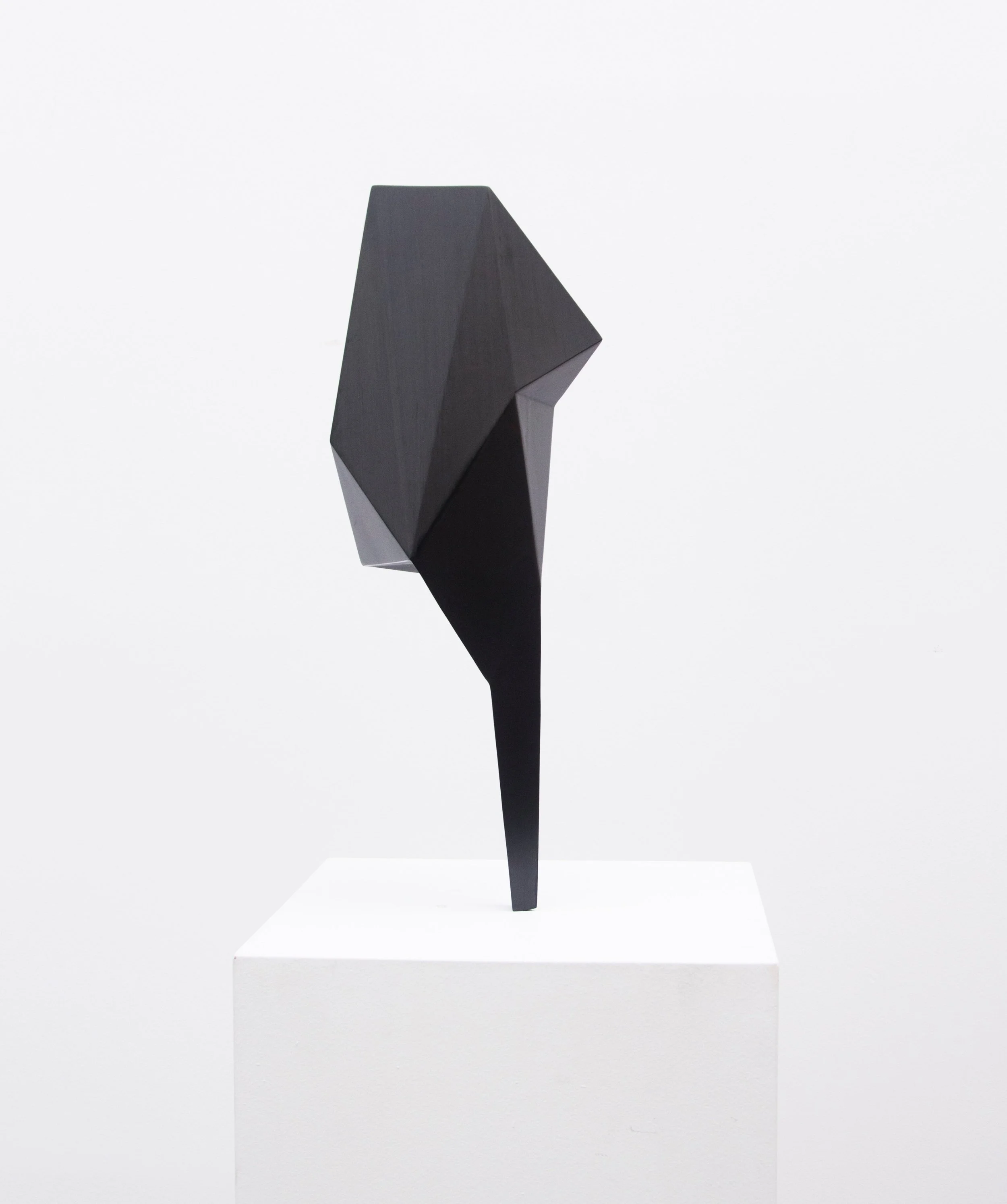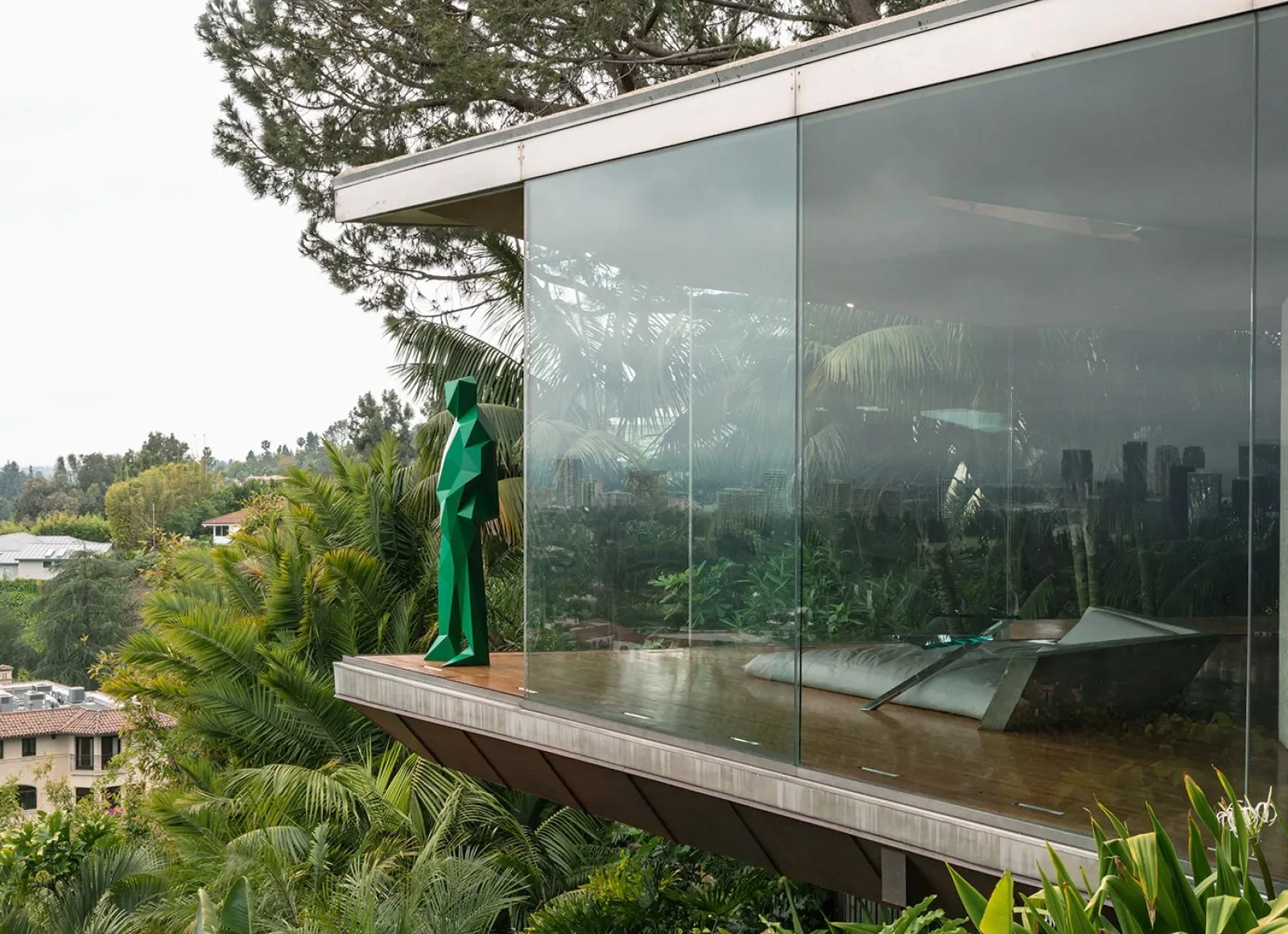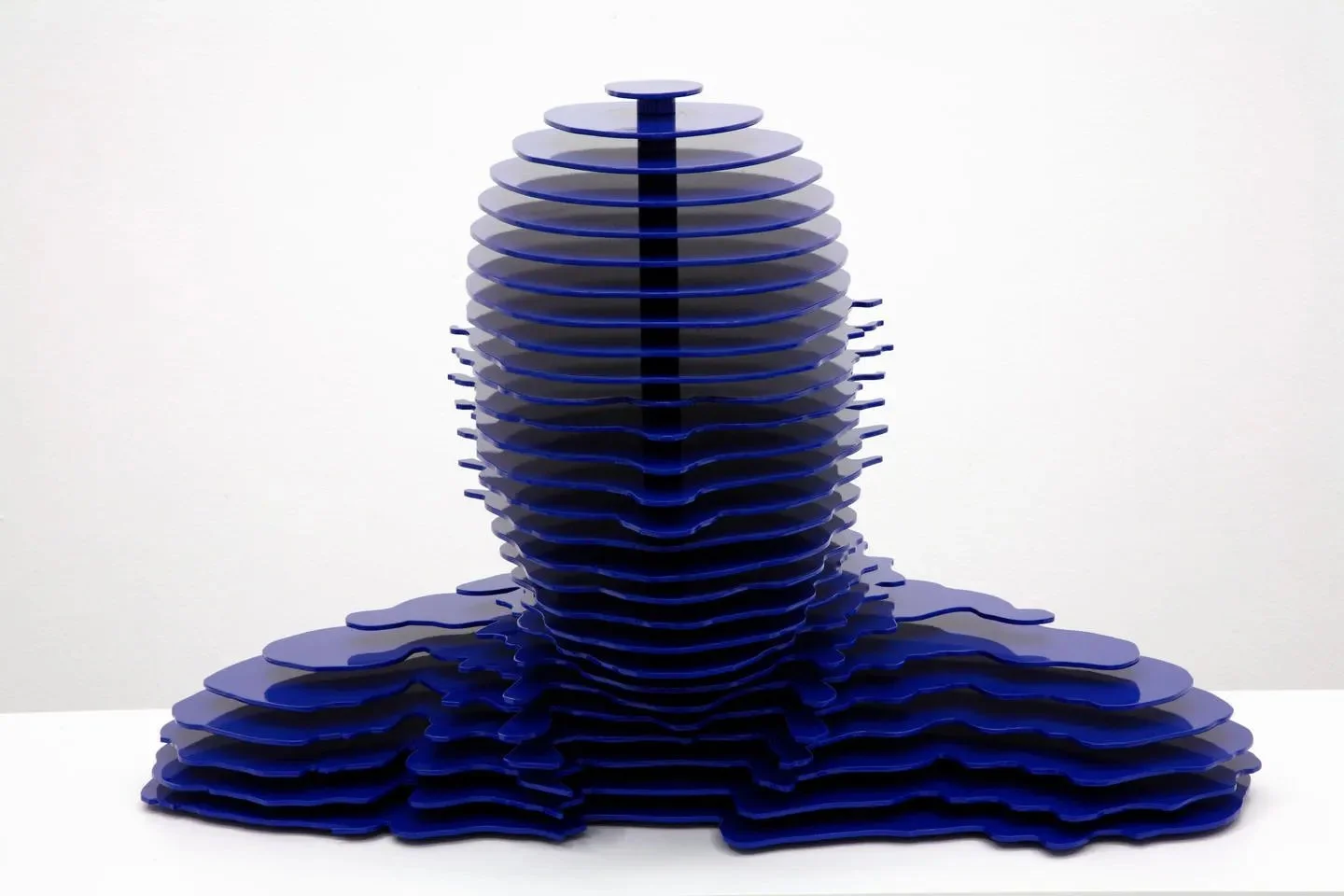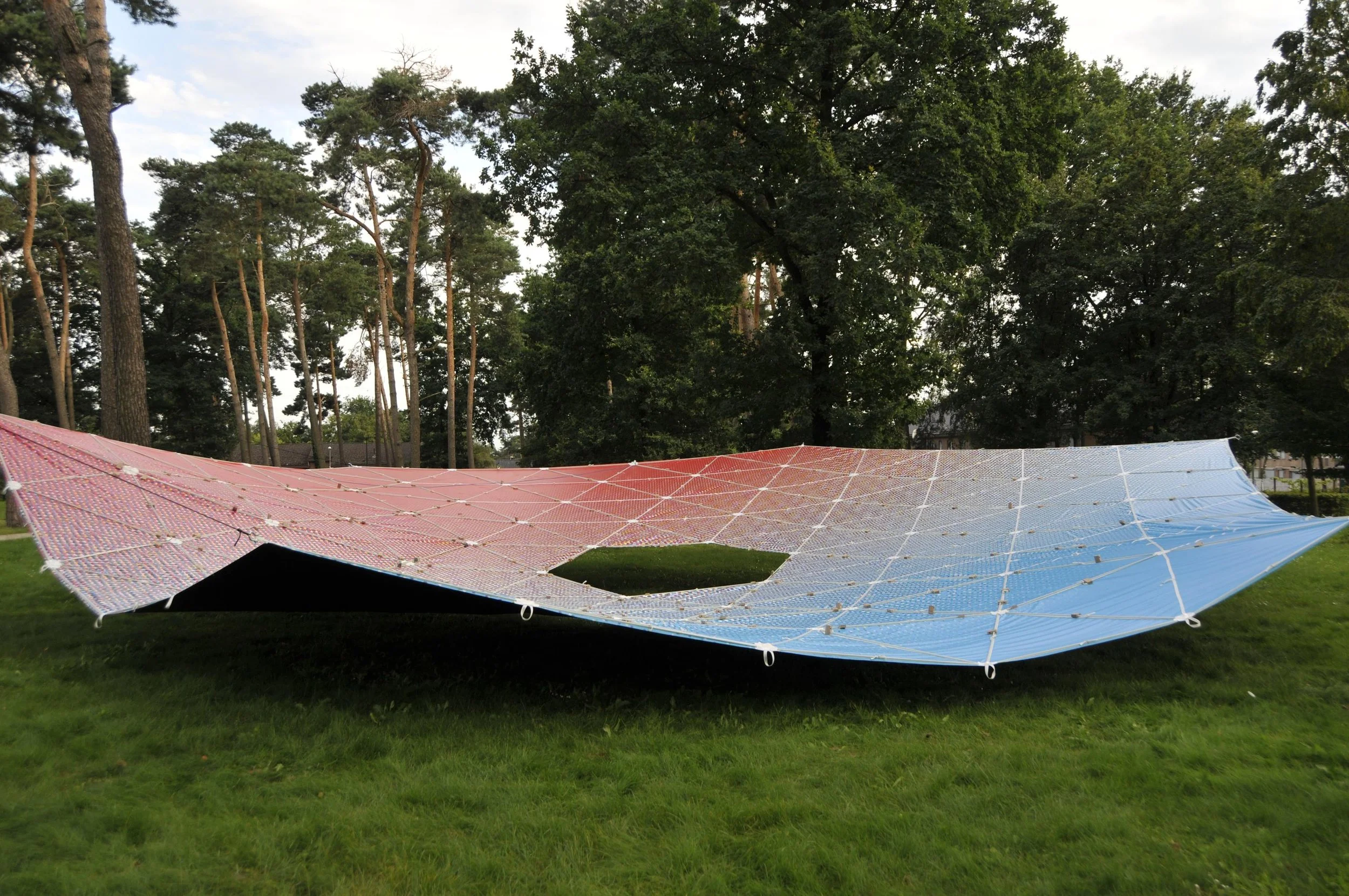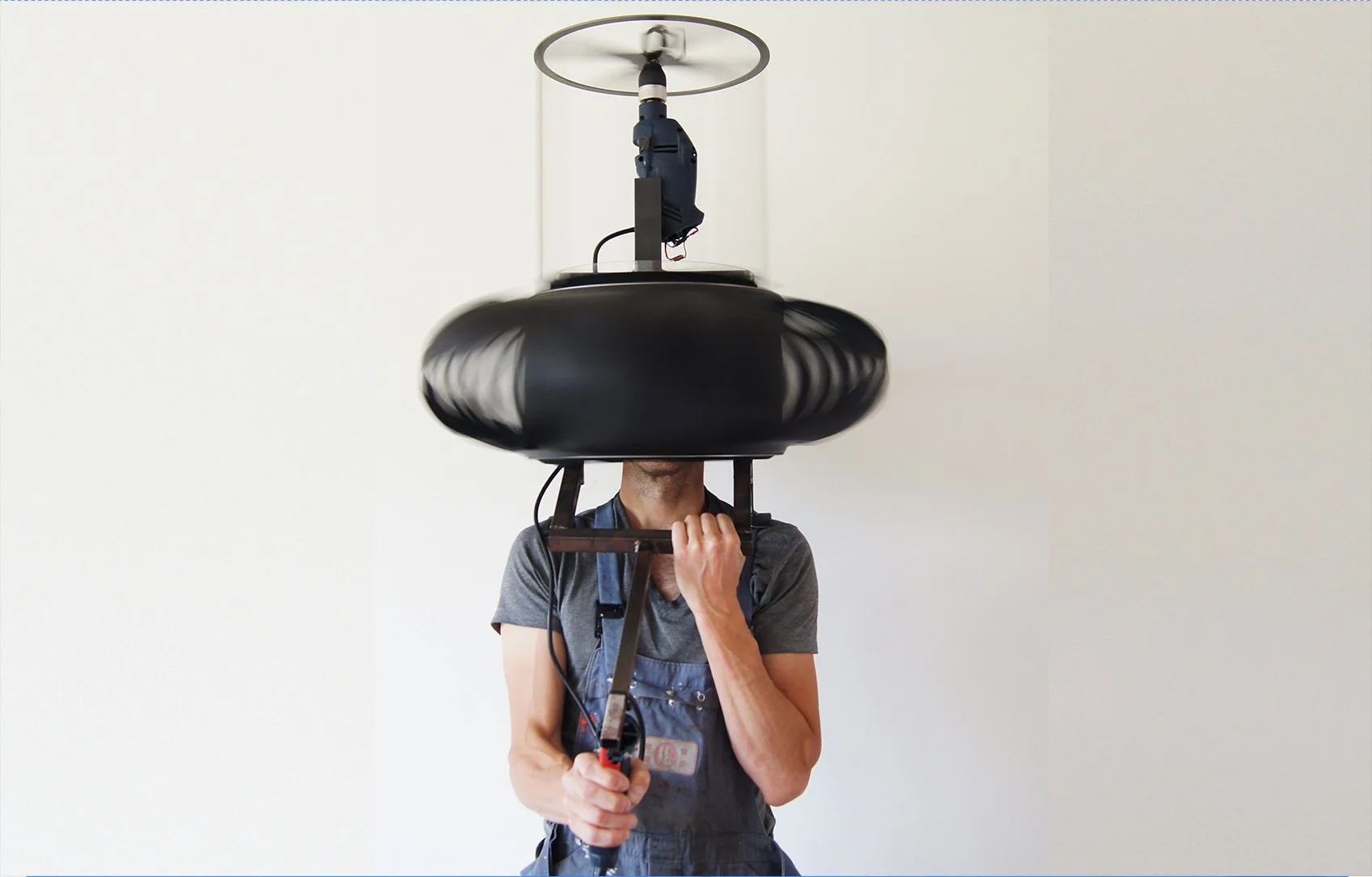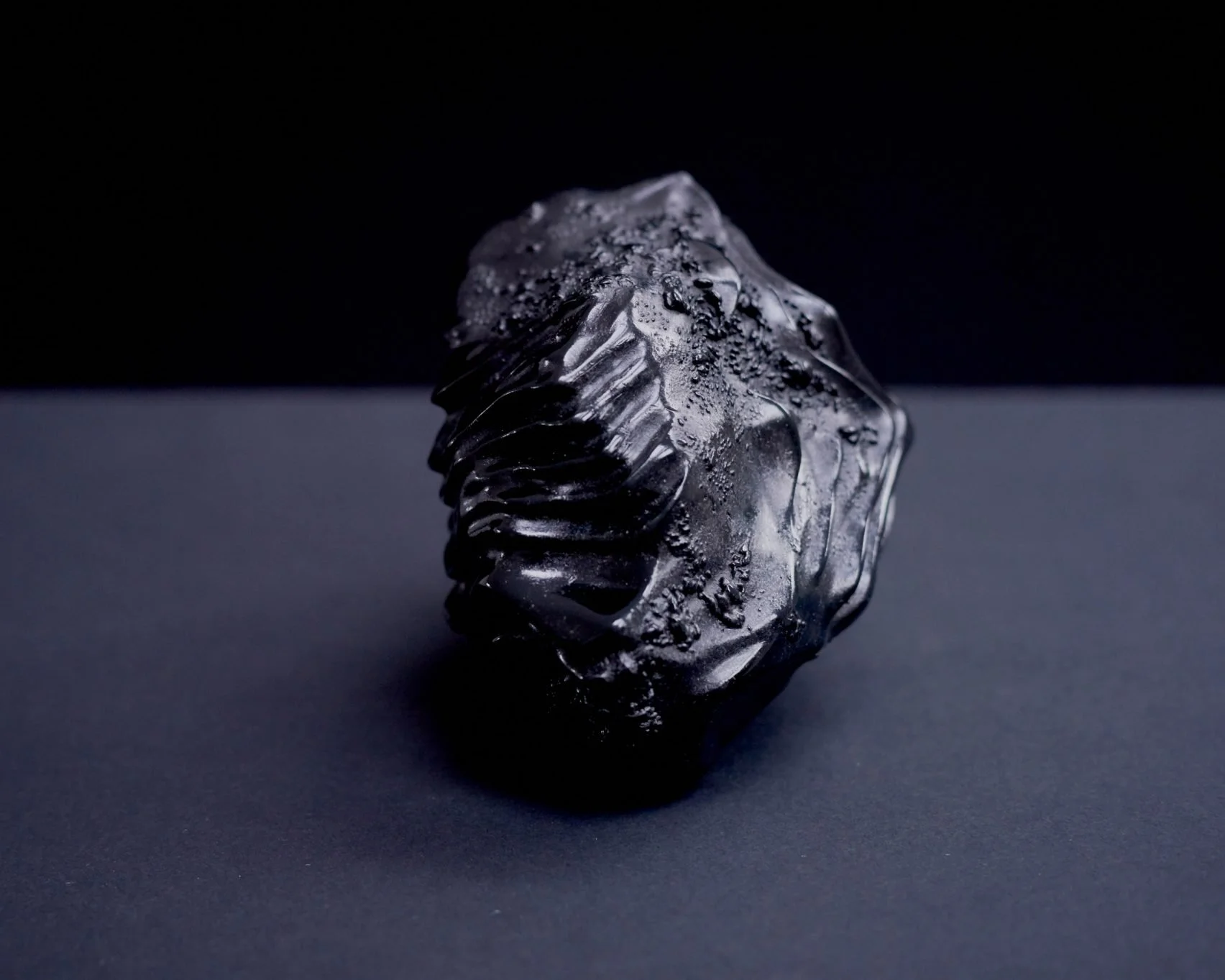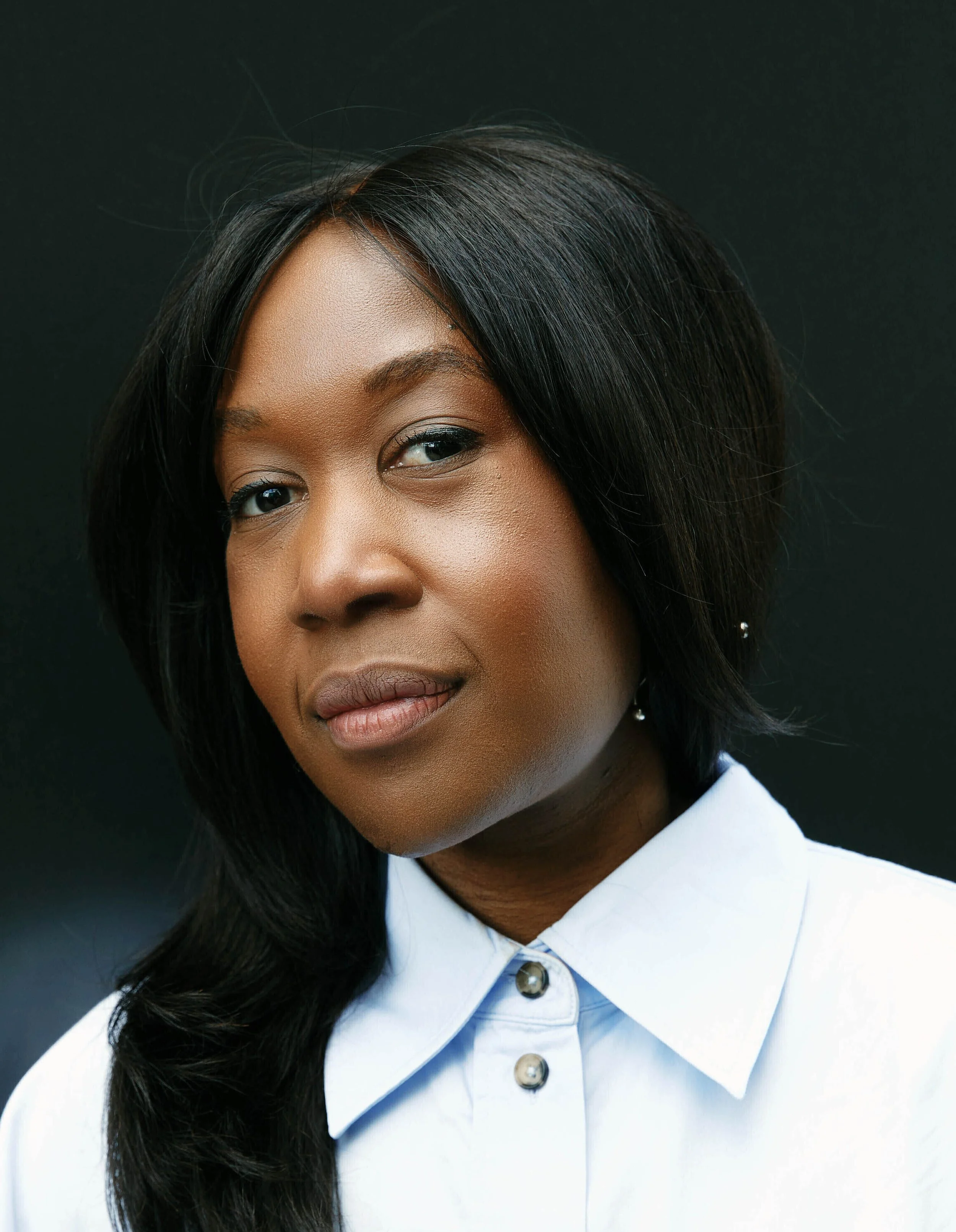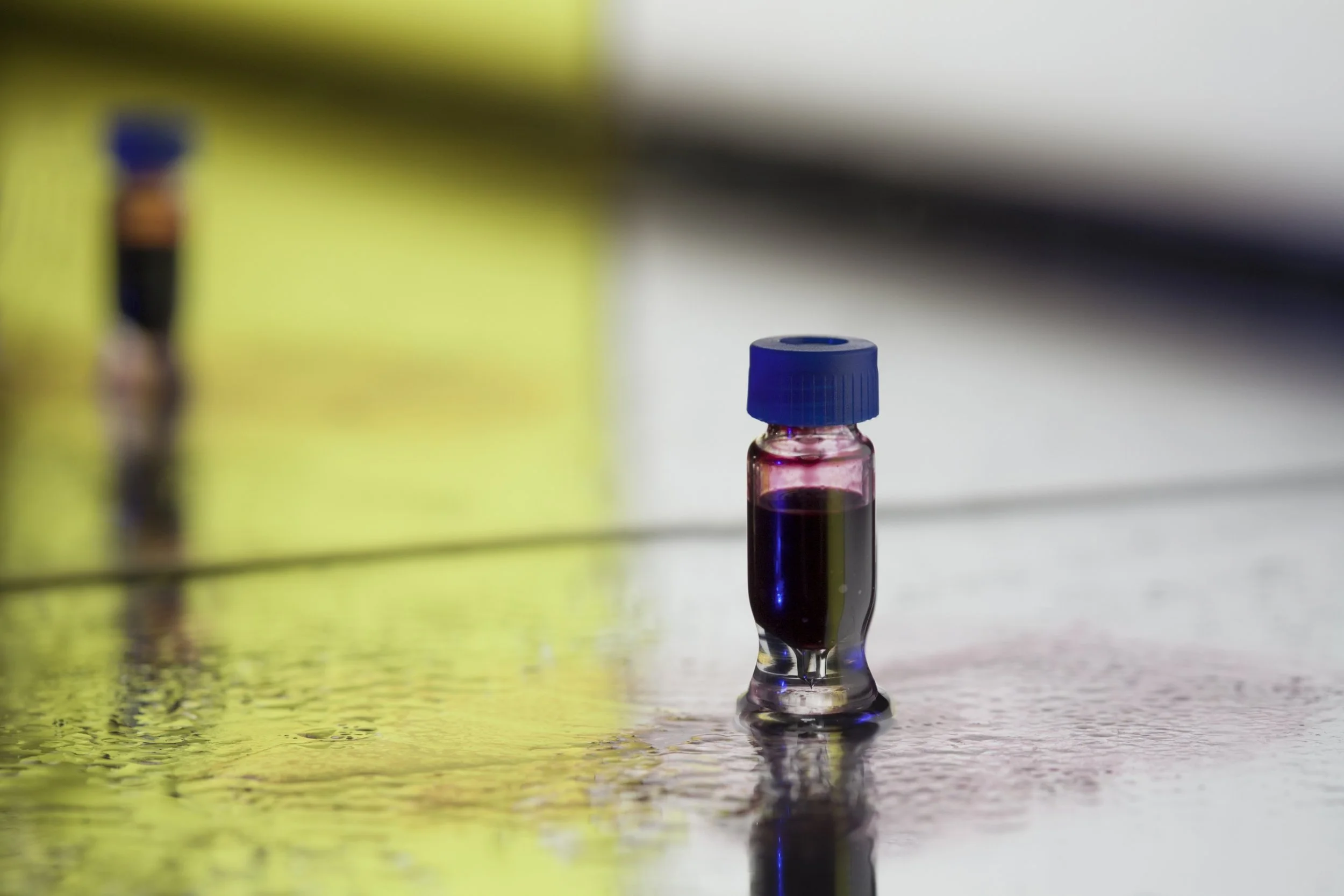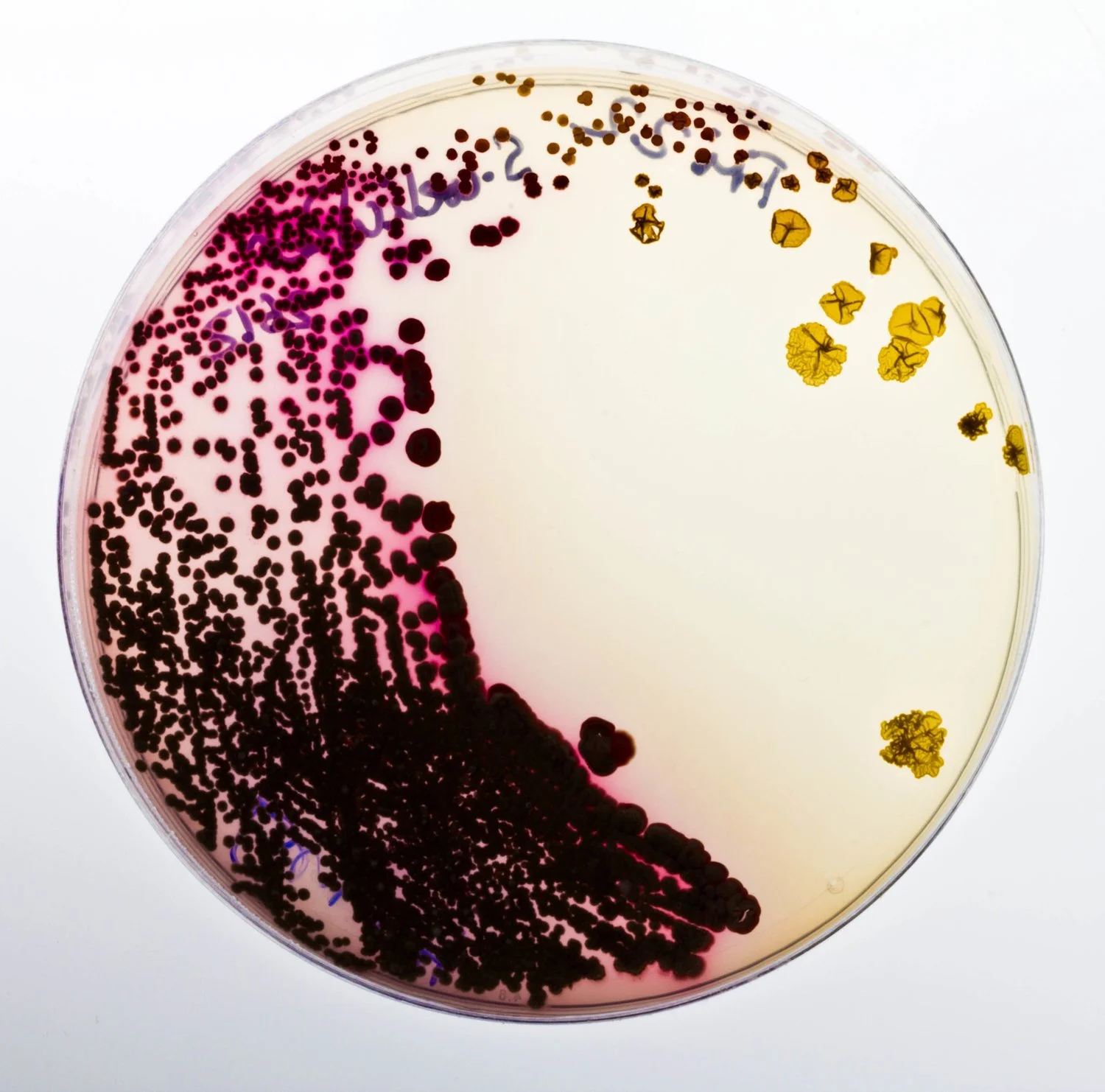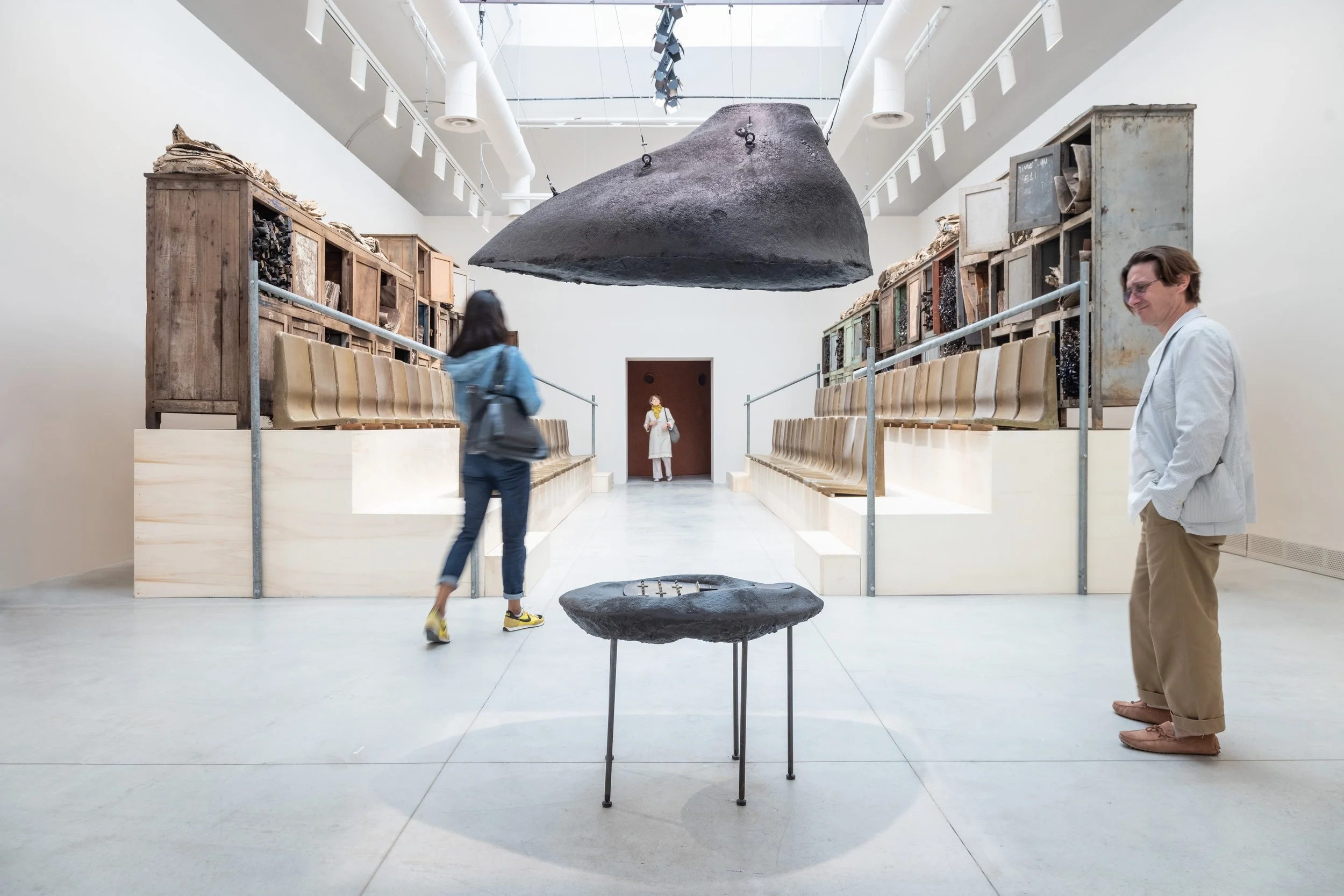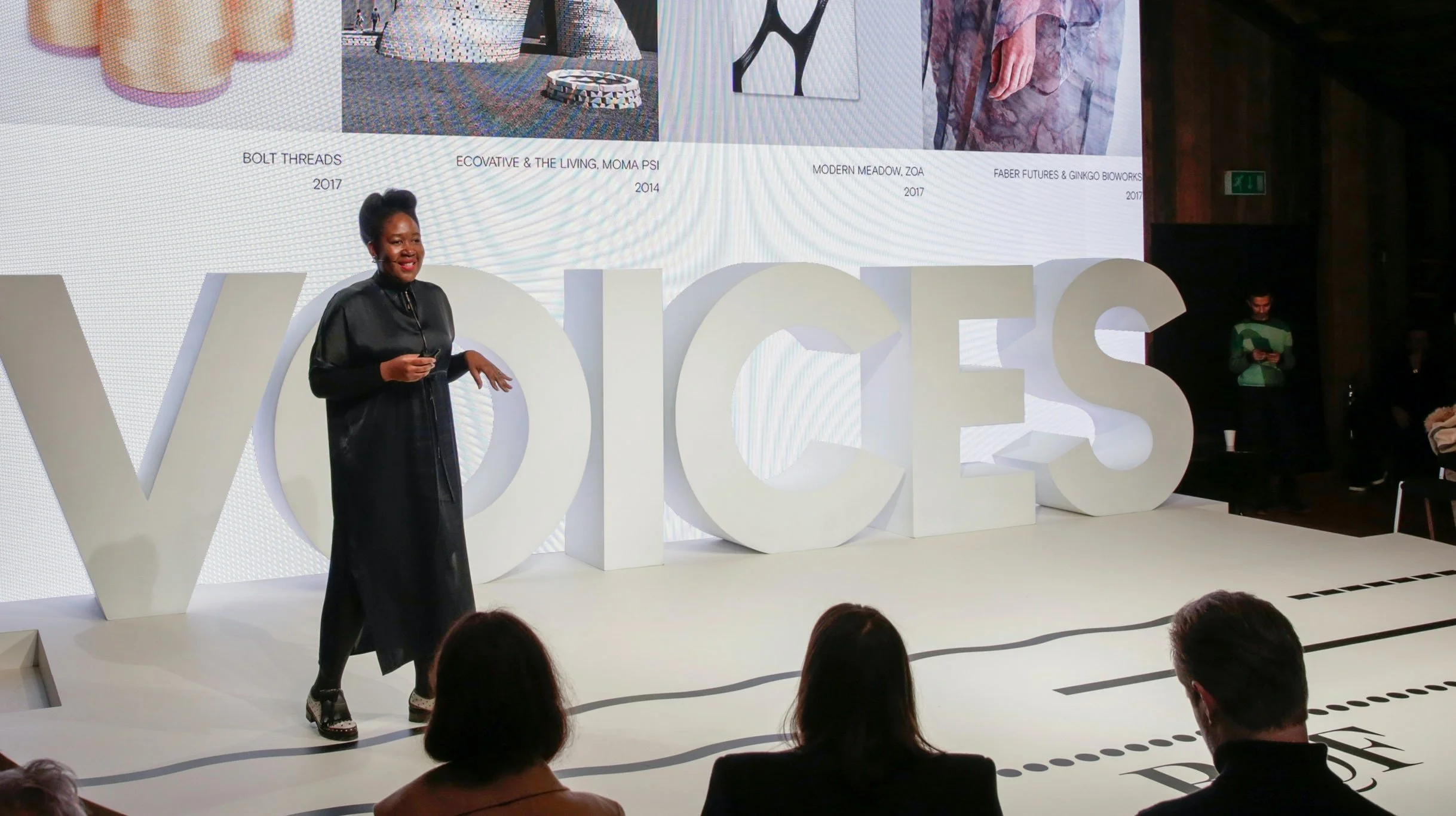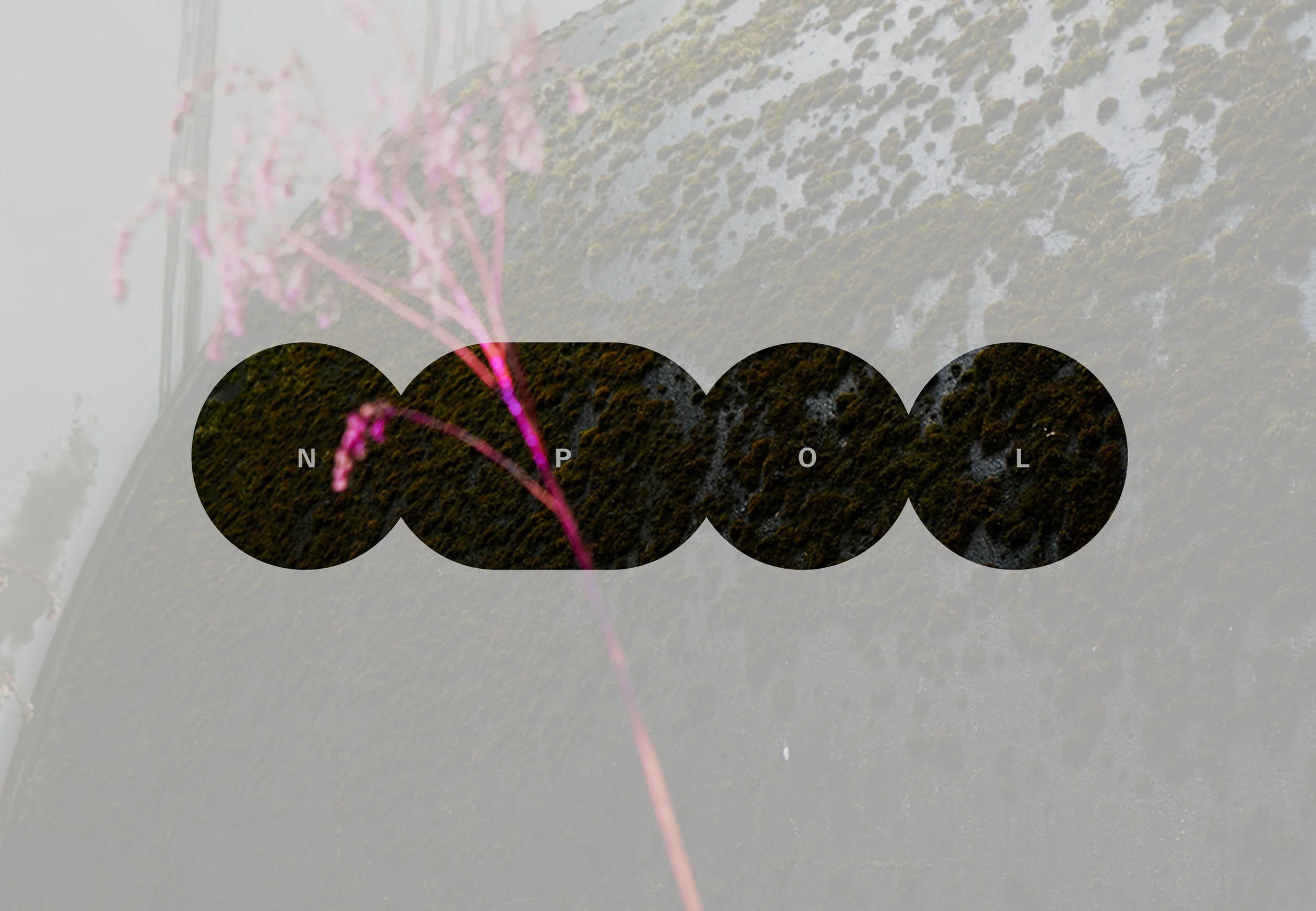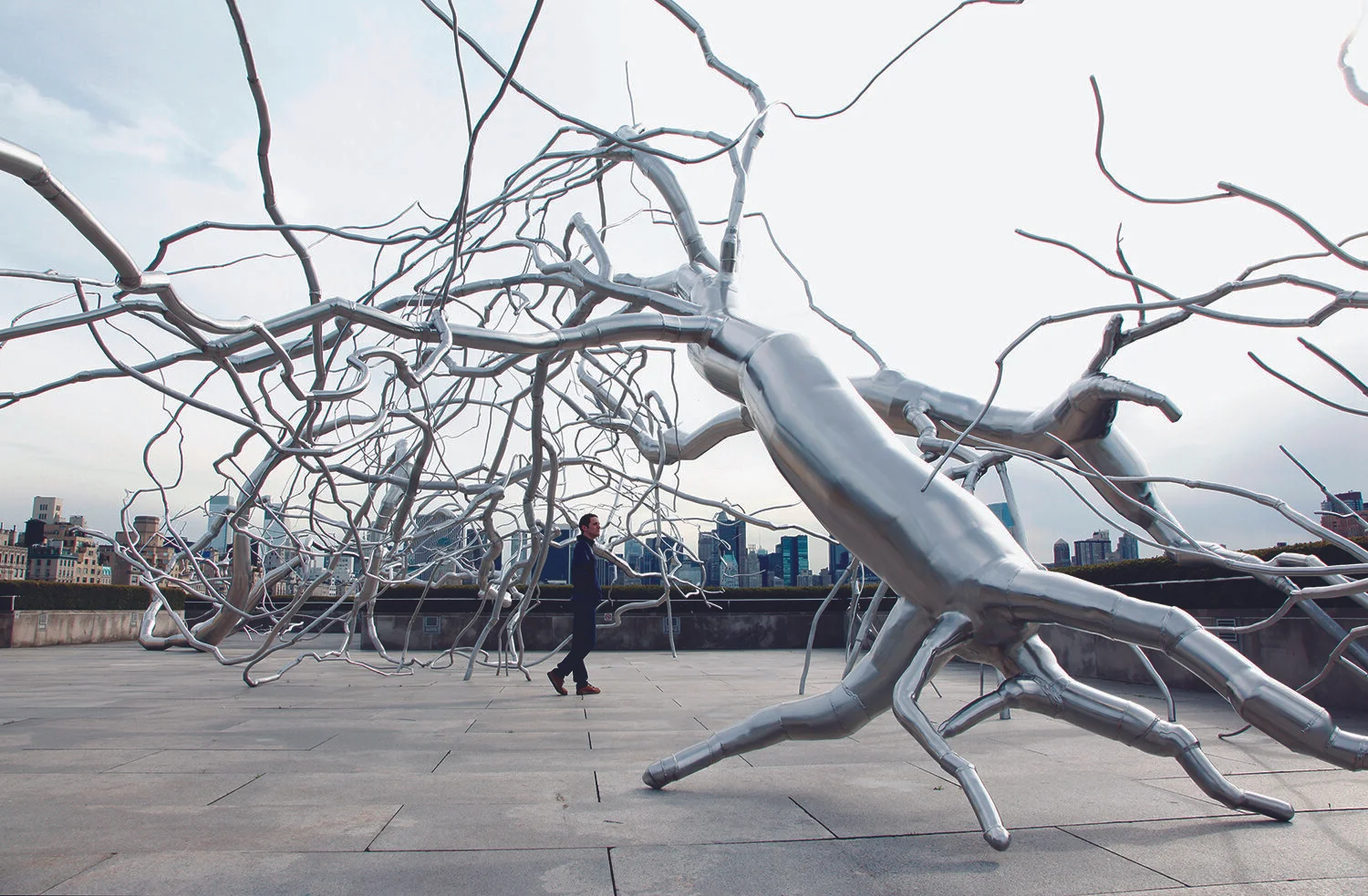 Image 1 of 16
Image 1 of 16

 Image 2 of 16
Image 2 of 16

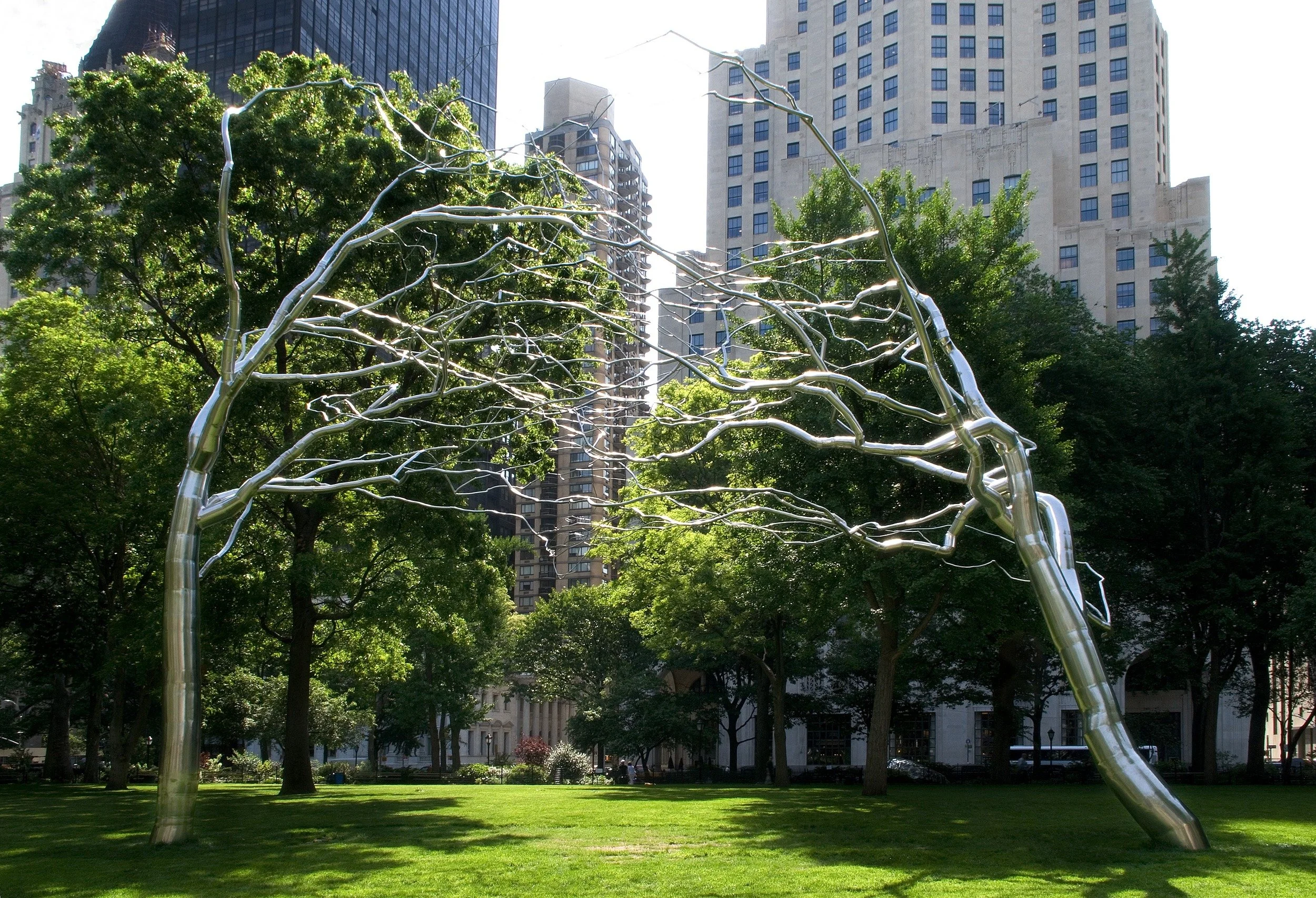 Image 3 of 16
Image 3 of 16

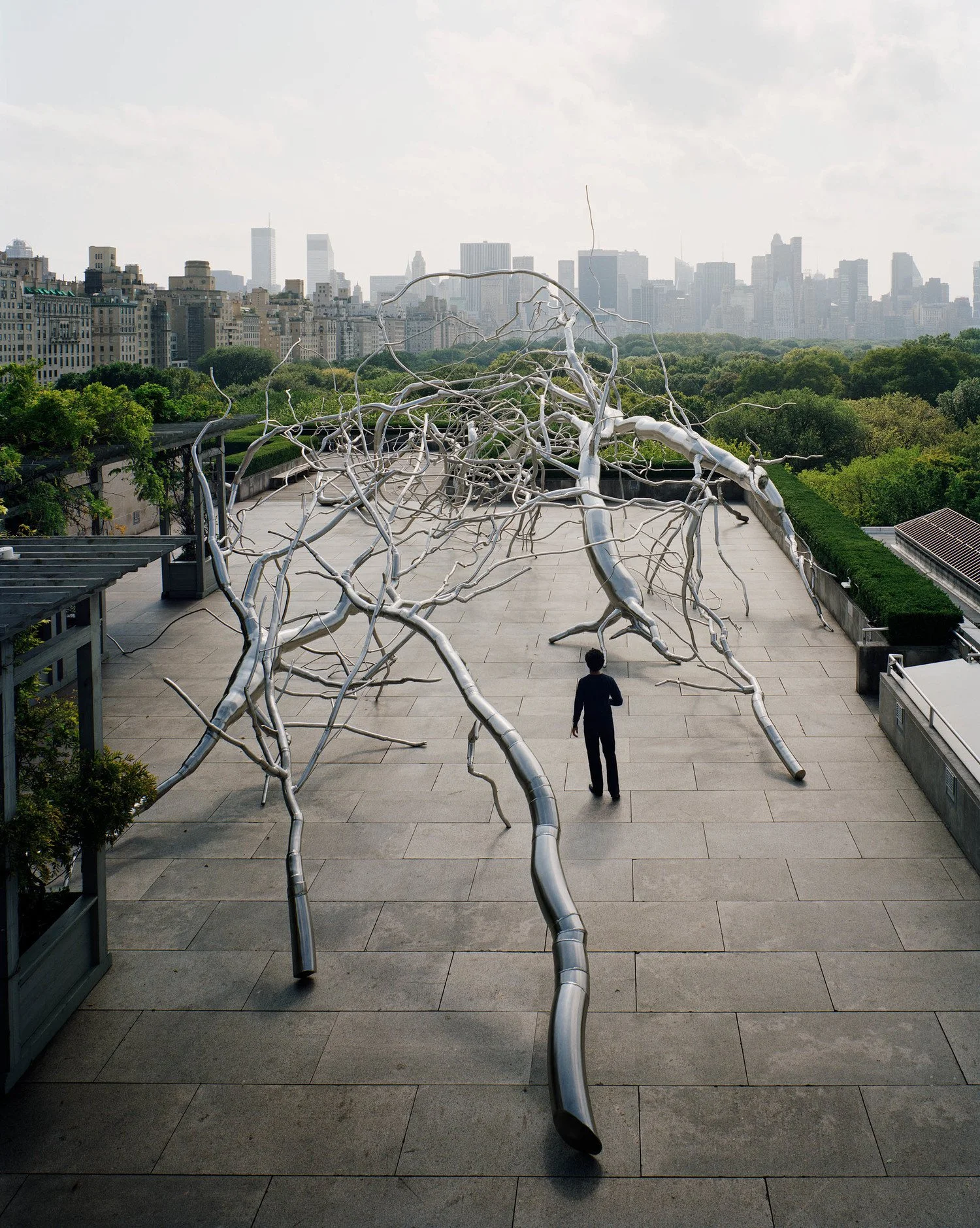 Image 4 of 16
Image 4 of 16

 Image 5 of 16
Image 5 of 16

 Image 6 of 16
Image 6 of 16

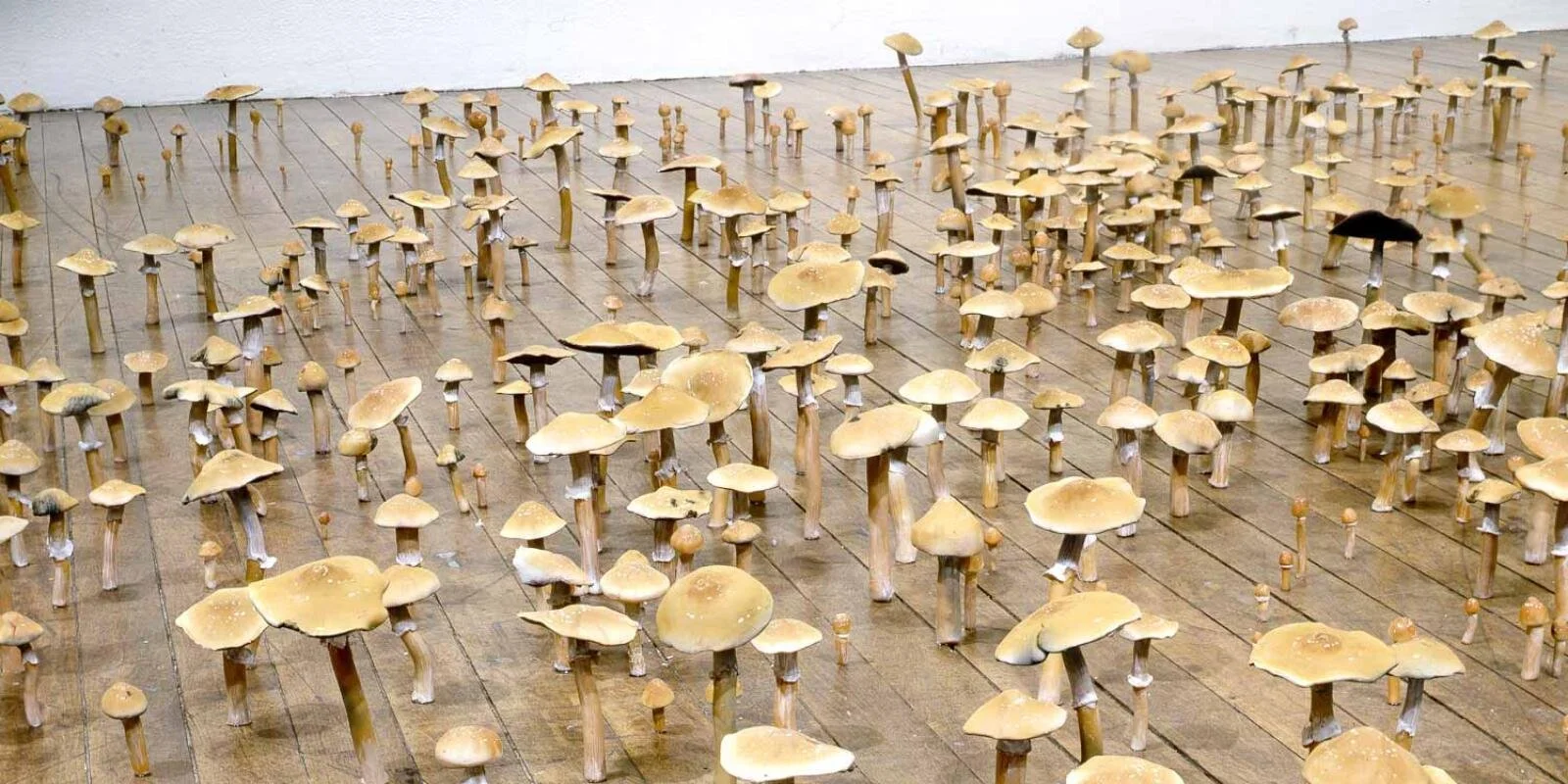 Image 7 of 16
Image 7 of 16

 Image 8 of 16
Image 8 of 16

 Image 9 of 16
Image 9 of 16

 Image 10 of 16
Image 10 of 16

 Image 11 of 16
Image 11 of 16

 Image 12 of 16
Image 12 of 16

 Image 13 of 16
Image 13 of 16

 Image 14 of 16
Image 14 of 16

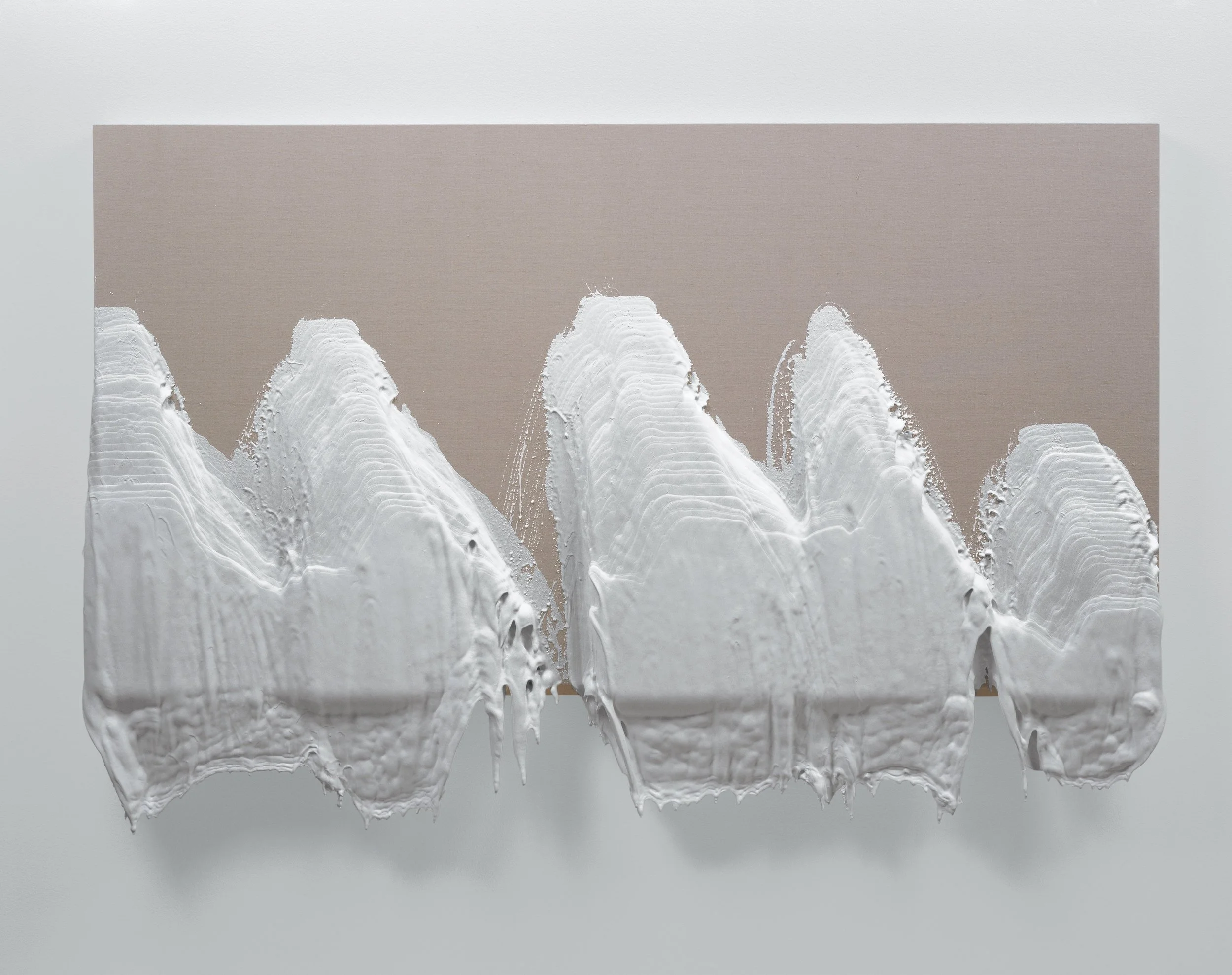 Image 15 of 16
Image 15 of 16

 Image 16 of 16
Image 16 of 16

















Roxy Paine art is inspired by the natural world degradation
Roxy Paine is an American artist born in 1966, known for his sculptures and installations that explore the intersection of nature, technology, and human systems. While not explicitly focused on circular economy, Paine's work often addresses themes of environmental awareness and the relationship between natural and artificial systems. His current approach emphasises creating thought-provoking artworks that challenge perceptions of nature and technology. Core values include innovation, environmental consciousness, and pushing the boundaries of artistic expression, with a purpose to redefine the relationship between art, nature, and industrial processes.
Location
Headquarters: New York, USA.
Primary manufacturing/operations locations: Various locations based on project requirements and collaborations.
The Circular Vision
Core circular economy principles: While not explicitly focused on circular economy, Paine's work often incorporates themes of natural cycles and the transformation of materials.
Key innovations: Development of "Dendroid" sculptures, which mimic natural tree forms using industrial materials like stainless steel. Projects like "Maelstrom" on the roof of the Metropolitan Museum of Art showcase the intersection of natural and artificial systems.
Prioritization of local sourcing and closed-loop supply chains: Information not explicitly provided, but emphasis on exploring natural systems suggests potential consideration for material sourcing and environmental impact.
Pioneering Solutions
Flagship projects: "Dendroid" series (tree-like sculptures made from industrial materials), "Checkpoint" (wooden recreation of an airport security checkpoint), and "Experiment" (diorama exploring themes of control and observation).
Unique value propositions: High-quality, innovative art solutions that challenge perceptions of nature and technology. Paine's work is known for its ability to create thought-provoking environments that connect with diverse audiences while promoting environmental awareness.
The Regenerative Future
R&D focus areas: Advancing techniques for creating large-scale sculptures, exploring new applications for industrial materials in art, and developing solutions that further blur the lines between natural and artificial systems.
Ambitious goals: To lead the art industry in creating works that challenge perceptions of nature and technology, and inspire a shift towards greater environmental awareness and understanding of complex systems.
Fact Sheet
Commercial Availability: Artworks available through galleries, museums, and public installations.
Circularity Rating: 3/5 (While not explicitly focused on circular economy, work often addresses themes of natural cycles and material transformation).
Cost Rating: 5/5 (High-end art market pricing, with significant value in innovation and conceptual depth).
Material Passport: Detailed information on materials used, often incorporating industrial materials like stainless steel and wood.
Designed for Disassembly: Information not explicitly provided, but large-scale sculptures often require assembly and disassembly for transportation and installation.
Key Takeaway
Roxy Paine transforms the art industry through innovative, thought-provoking solutions that challenge perceptions of nature and technology, setting a benchmark for exploring complex systems and environmental awareness in contemporary art.
Explore Further
Roxy Paine website: http://www.roxypaine.com
Dendroid series: http://www.roxypaine.com/dendroids
Roxy Paine is an American artist born in 1966, known for his sculptures and installations that explore the intersection of nature, technology, and human systems. While not explicitly focused on circular economy, Paine's work often addresses themes of environmental awareness and the relationship between natural and artificial systems. His current approach emphasises creating thought-provoking artworks that challenge perceptions of nature and technology. Core values include innovation, environmental consciousness, and pushing the boundaries of artistic expression, with a purpose to redefine the relationship between art, nature, and industrial processes.
Location
Headquarters: New York, USA.
Primary manufacturing/operations locations: Various locations based on project requirements and collaborations.
The Circular Vision
Core circular economy principles: While not explicitly focused on circular economy, Paine's work often incorporates themes of natural cycles and the transformation of materials.
Key innovations: Development of "Dendroid" sculptures, which mimic natural tree forms using industrial materials like stainless steel. Projects like "Maelstrom" on the roof of the Metropolitan Museum of Art showcase the intersection of natural and artificial systems.
Prioritization of local sourcing and closed-loop supply chains: Information not explicitly provided, but emphasis on exploring natural systems suggests potential consideration for material sourcing and environmental impact.
Pioneering Solutions
Flagship projects: "Dendroid" series (tree-like sculptures made from industrial materials), "Checkpoint" (wooden recreation of an airport security checkpoint), and "Experiment" (diorama exploring themes of control and observation).
Unique value propositions: High-quality, innovative art solutions that challenge perceptions of nature and technology. Paine's work is known for its ability to create thought-provoking environments that connect with diverse audiences while promoting environmental awareness.
The Regenerative Future
R&D focus areas: Advancing techniques for creating large-scale sculptures, exploring new applications for industrial materials in art, and developing solutions that further blur the lines between natural and artificial systems.
Ambitious goals: To lead the art industry in creating works that challenge perceptions of nature and technology, and inspire a shift towards greater environmental awareness and understanding of complex systems.
Fact Sheet
Commercial Availability: Artworks available through galleries, museums, and public installations.
Circularity Rating: 3/5 (While not explicitly focused on circular economy, work often addresses themes of natural cycles and material transformation).
Cost Rating: 5/5 (High-end art market pricing, with significant value in innovation and conceptual depth).
Material Passport: Detailed information on materials used, often incorporating industrial materials like stainless steel and wood.
Designed for Disassembly: Information not explicitly provided, but large-scale sculptures often require assembly and disassembly for transportation and installation.
Key Takeaway
Roxy Paine transforms the art industry through innovative, thought-provoking solutions that challenge perceptions of nature and technology, setting a benchmark for exploring complex systems and environmental awareness in contemporary art.
Explore Further
Roxy Paine website: http://www.roxypaine.com
Dendroid series: http://www.roxypaine.com/dendroids


